 Abraham Lincoln
If given the truth, the people can be depended upon to meet any national crisis...
Abraham Lincoln
If given the truth, the people can be depended upon to meet any national crisis...
 Guildford news...
for Guildford people, brought to you by Guildford reporters - Guildford's own news service
Guildford news...
for Guildford people, brought to you by Guildford reporters - Guildford's own news service
Birdwatcher’s Diary No.263
Published on: 23 Sep, 2022
Updated on: 23 Sep, 2022
By Malcolm Fincham
A change in the weather had occurred, coinciding with the turn of the page of my calendar, as we entered the first days of September and the metrological start of autumn.
After a long hot summer with high pressure systems in charge for the most part, low pressure had arrived. Although still mild with some sunny spells, it was bringing an unsettled spell of weather.
By the first weeks of September the migration season was also well under way. A perfect storm, one might say. And not just for the odd spells of thunder and lighting it had brought with it.
In my experience as a birdwatching enthusiast, such weather conditions at this time of the year have always been in good favour when looking out for birds on migration. Overcast skies and low pressure systems make hard work for birds on their return to Africa.
This I concluded for the high number of sightings within the Surrey borders. Even I achieved well in excess of my usual successes within the local “patches” I frequently visit.
On Whitmoor Common on September 2, I saw my second whinchat of the autumn, this one conveniently perched on a whin bush (gorse), and a photo I had longed to take for some while.
Adding to my autumn sightings that day, was a juvenile pied flycatcher that had stopped off to do a bit of fly catching while on its journey southward.
To my surprise, on visiting the heathland just a few days later, I discovered a spotted flycatcher feeding in the same group of trees where the pied flycatcher had been seen.
Two woodlarks continued to take up residence, recognising them by their flight calls and short tails as the flew over my head.
Across the heathlands, the resident families of stonechats continued to show in varied stages of plumage, perched up on numerous props and bushes. One could even be seen on the same log pile a wheatear had been on in my previous report.
While water levels still remained low despite the return of long awaited of rainfall during the first days of the month, a few waders moving south were taking advantage of margins still bereft of water on some lesser known ponds.
On Brook Pond on Whitmoor Common a green sandpiper could be seen probing its muddy edges for a few days before water levels began to rise and rain continued to fall.
Skittish in its nature and often taking flight when dog walkers oblivious of its presence threw sticks out into the water for their dogs to retrieve.
While watching the sandpiper as it probed the muddy margins on a quieter part of the pond, a kingfisher flashed by calling as it flew, allowing little time for a decent photo.
Completely escaping my camera lens as I walked back across the heathland was my first ever sighting of a clouded yellow butterfly on the common.
A little more confiding, however, were several common lizards, and even more pleasing to see were several young ones along the boardwalk.
Hovering just above the boardwalk was a dragonfly that kindly posed long enough for me to photo. A common dragonfly or possibly a ruddy darter.
A few common whitethroats continued to be seen among the gorse and birch shrubs.
Although not heard in song, with just occasional contact calls, a few Dartford warblers could be glimpsed out on the heathland.
Regularly sighted their during the first weeks of the month was a flock of 25 or so goldfinches.
Around the heathland a healthy number of the two most common species of woodpeckers continued to be present.
Great spotted woodpecker.
And green woodpecker.
Nearby at Britten’s Pond, just along Salt Box Road, Egyptian geese could be now regularly be seen.
While the few greylag geese that regularly spend the winter there continued to be present.
A cormorant had made its presence known. Once again, fishing without a current permit that anglers pay good money for. I suppose, at least he wouldn’t require a rod licence?
The resident kingfisher continued to challenge my patience but I was now beginning to gain an upper hand on it. With daylight hours closing in, the kingfishers had less time to retrieve their daily intake of food, hence making them more active.
What appeared to be a juvenile common buzzard flew out from the woodland behind the pond, calling incessantly before returning from whence it came.
Families of chiffchaffs continued to be seen fly catching around the pond as well as in the willows on the islands.
A visit to Tice’s Meadow near Farnham allowed me a view of what had been only my second hobby that I had seen within Surrey this year, seemingly a poor year for them locally?
Contrary to this, however, it seemed to be a bumper year for whinchats stopping off as they passed through the county, with another six counted that day on the meadows there.
A black swan had made several appearances during recent weeks and could once again be seen across the water during my visit.
Several butterflies were still making the most of the late summer and early autumn warmth and sunshine.
These included a few common blue butterflies.
 Several small white butterflies, one of which I managed to capture in flight.
Several small white butterflies, one of which I managed to capture in flight.
At least three clouded yellow butterflies regularly flitted back and forth across the bright yellow common fleabane in the fields, occasionally settling to take in nectar.
Regular sightings of willow emerald damselflies continued to be viewed there too.
A trip out to Frensham Great Pond with Dougal on a rainy September 8 gave us both the opportunity to add a juvenile black tern to this year’s list of sightings.
In the company of Bob and Dougal, I made my first trip of autumn to Farlington Marshes, near Portsmouth on September 10. This was in the hope of waving farewell to some of avian species gathered there, who were taking sustenance before their short leap (for them) across the English Channel on their journey back to Africa.
Although unusually not seeing any migrating wheatears that day, and only seeing just the one whinchat, there were plenty of other goodies to delight.
On the main lake quite a variety waders could be seen loosely separated into individual groups. It was with the aid of Dougal’s “scope” we were able to pick out individual species.
Black-tailed godwits made up most of the numbers in the gathering, having return from their northerly breeding grounds and in varied stages of moult from their summer plumage.
While common redshanks could be viewed in good numbers too.
At the back of the pack, a group of nine or so greenshanks could be viewed.
While on the muddy scrape a similar number of curlew sandpipers could be seen scurrying about with a group of ringed plovers.
Also among them a few dunlins had returned.
We arrived as the sea was on a rising tide, and by the time we had got no more than a third of the way around the seawall the water was deep enough to catch sight of a few grey seals out in the harbour.
With water levels continuing to deepen, waders were now left no option but to take flight from the few remaining islands as they became submerged.
A flock of 50 or more grey plovers, most still in summer plumage, were the first to give up their retreat.
A deceit of lapwings also flew overhead, eventually landing on the reserve.
From another island further out, a large group of more than 150 oystercatchers could be viewed.
Last to leave, possibly due to their longer legs, were the two dozen or so little egrets.
Close to the shoreline where the sea hadn’t quite reached the seawall, several ringed plovers could still be observed.
Temperatures in the low 20c, a light breeze and sunny spells made things good for the pleasant amble.
Although not in the abundance as seen in my previous report, at Pagham, West Sussex, at least four cattle egrets could be viewed in fields among the cattle near to the visitor hut.
With several herds of cattle present at this time of the year it’s always worth checking out the grassy areas around their feet. As on this occasion a brief observation revealed several yellow wagtails now on migration and feeding on the flies attracted by the cows.
On the stream behind the visitor hut a garganey could be viewed, these being the UK’s only migratory duck. Now out of its stunning summer plumage and in eclipse, it would soon be on its journey south.
Along the stream leading back to the main lake on the final leg of our outing, a few small groups of waders could be seen within the gathered flocks of gulls. These consisted of mostly black-tailed godwits and common redshanks.
A few teal had now arrived back to winter there.
A surprise sighting nestled beside the legs of a black-headed gull by the waters edge was a little stint, less than an annual sighting for the likes of me!
Arriving back at the seawall, the harbour was now at high tide. Across Langstone Harbour a group of up-to a dozen sandwich terns could be viewed, fishing in a frenzied group as they had found an available shoal of fish to feed on. A few separate individuals kindly showed closer to view.
Looking back inland, I watched as one of the resident kestrels hovered, took a dive and successfully caught a vole in its talons.
While closer to view, in a small tree and just beyond another group of cattle, I was able to capture a few reasonable shots of another small group of yellow wagtails showing their much varied colouring.
Within the Surrey Hills, autumn crops of acorn were abundant this year on every oak tree I viewed.
Large clusters could be seen weighing down their branches. Some believe it to predict a harsh winter ahead. Scientifically, however, such predictions are contentious as these events, known as “mast events” are periodic and occur from year to year within most species of trees.
The last of our ventures, taking us up to the middle of the month, was a visit to Papercourt water meadows, along the River Wey Navigation at Send, near Woking.
Although having seen floating pennywort in small quantities on a previous visit, I was surprised to see it now chocking up the waterways. Introduced to the UK in the 1980s by the aquatic nursery trade, this fleshy-stemmed plant grows into floating mats of lush foliage.
Highly invasive, it has become a real problem in our rivers and ponds. It grows very rapidly. “up to 20cm per day”, they say, swamping waterways, crowding out native plants and taking oxygen from fish and insects.
It’s becoming more and more of a problem across the country, blocking canals, rivers and other waterways.
The only birds of significance that afternoon was a single wheatear on Papercourt farmlands.
And a group of four ravens calling as they flew northward. “Maybe to join their colleagues in the Tower of London, in respect of the Queen’s recent demise?” I surmised.
By September 13 a mild area of rain and drizzle had pushed south bringing a cooler northerly flow to the weather.
Swallows and house martins heading south were being counted in droves by birdwatchers throughout southern counties.
At Church Norton in West Sussex more than 10,000 hirundines were counted heading out to sea, mid-morning after the rain cleared. The mass exodus of our summer birds had begun!
Responses to Birdwatcher’s Diary No.263
Leave a Comment Cancel replyPlease see our comments policy. All comments are moderated and may take time to appear.
Recent Articles
- Guildford Institute’s Crowdfunding Project for Accessible Toilet in its New Community and Wellbeing Centre
- Letter: Guildford – Another Opportunity Missed?
- Letter: GBC’s Corporate Strategy – Where Is the Ambition?
- My Memories of John Mayall at a Ground-breaking Gig in Guildford Nearly Six Decades Ago
- Westborough HMO Plans ‘Losing the Heart of the Street’ Says Resident
- College Invests to Boost Surrey’s Economy and Close Digital Skills Gap
- Community Lottery Brings Big Wins for Local Charities
- GBC Housing Plan Promises ‘A Vibrant Urban Neighbourhood’ Near Town Centre
- Hospital Pillows ‘Shortage’ at the Royal Surrey
- Updated: Caravans Set Up Camp at Ash Manor School


Recent Comments
- Ian Macpherson on Updated: Main Guildford to Godalming Road Closed Until August 1
- Sara Tokunaga on GBC Housing Plan Promises ‘A Vibrant Urban Neighbourhood’ Near Town Centre
- Michael Courtnage on Daily Mail Online Reports Guildford Has Highest-paid Council Officer
- Alan Judge on GBC Housing Plan Promises ‘A Vibrant Urban Neighbourhood’ Near Town Centre
- John Perkins on GBC Housing Plan Promises ‘A Vibrant Urban Neighbourhood’ Near Town Centre
- S Collins on GBC Housing Plan Promises ‘A Vibrant Urban Neighbourhood’ Near Town Centre
Search in Site
Media Gallery
Dragon Interview: Local Artist Leaves Her Mark At One of England’s Most Historic Buildings
January 21, 2023 / No Comment / Read MoreDragon Interview: Lib Dem Planning Chair: ‘Current Policy Doesn’t Work for Local People’
January 19, 2023 / No Comment / Read MoreA3 Tunnel in Guildford ‘Necessary’ for New Homes, Says Guildford’s MP
January 10, 2023 / No Comment / Read More‘Madness’ for London Road Scheme to Go Ahead Against ‘Huge Opposition’, Says SCC Leader
January 6, 2023 / No Comment / Read MoreCouncillor’s Son Starts Campaign for More Consultation on North Street Plan
December 30, 2022 / No Comment / Read MoreCounty Council Climbs Down Over London Road Works – Further ‘Engagement’ Period Announced
December 14, 2022 / No Comment / Read MoreDragon Interview: GBC Reaction to the Government’s Expected Decision to Relax Housing Targets
December 7, 2022 / No Comment / Read MoreHow Can Our Town Centre Businesses Recover? Watch the Shop Front Debate
May 18, 2020 / No Comment / Read More



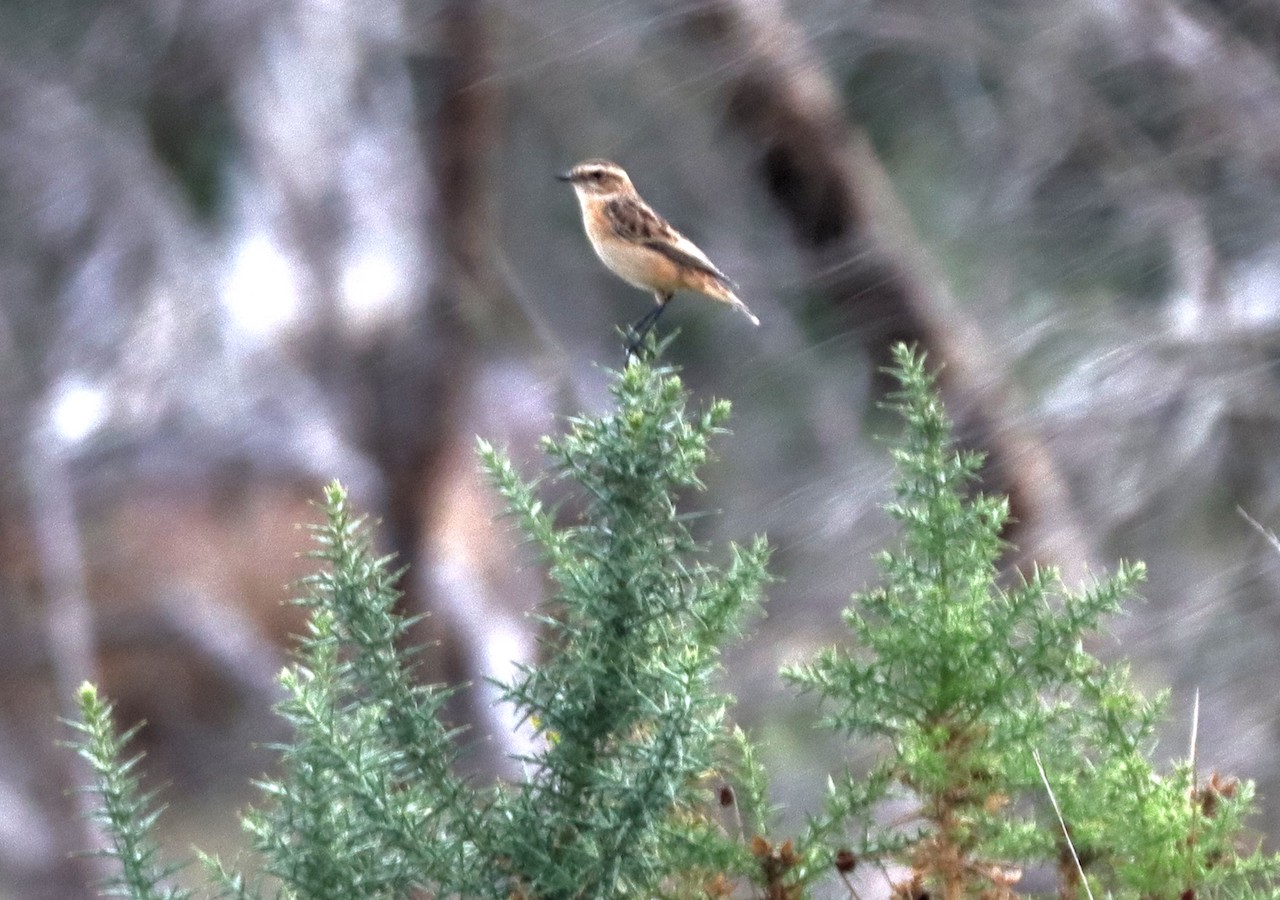
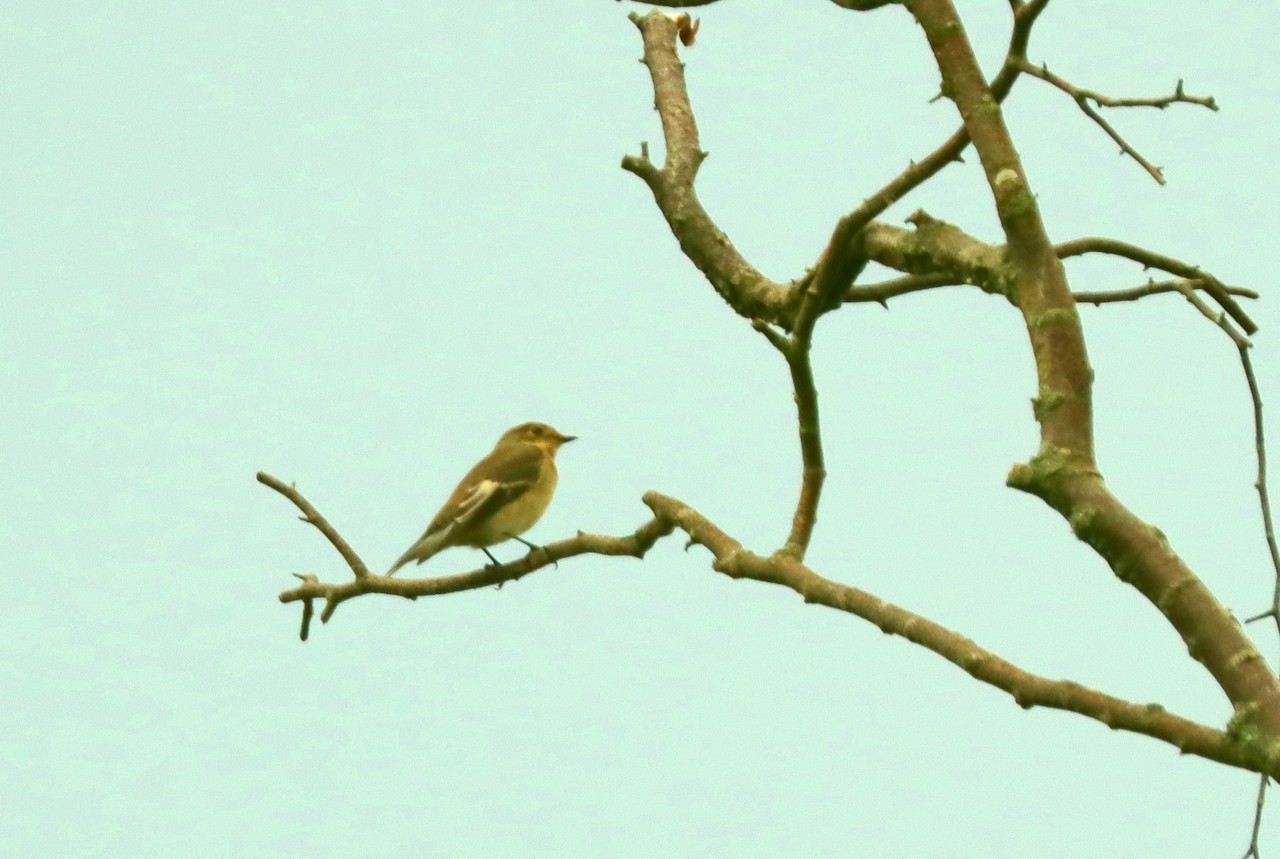




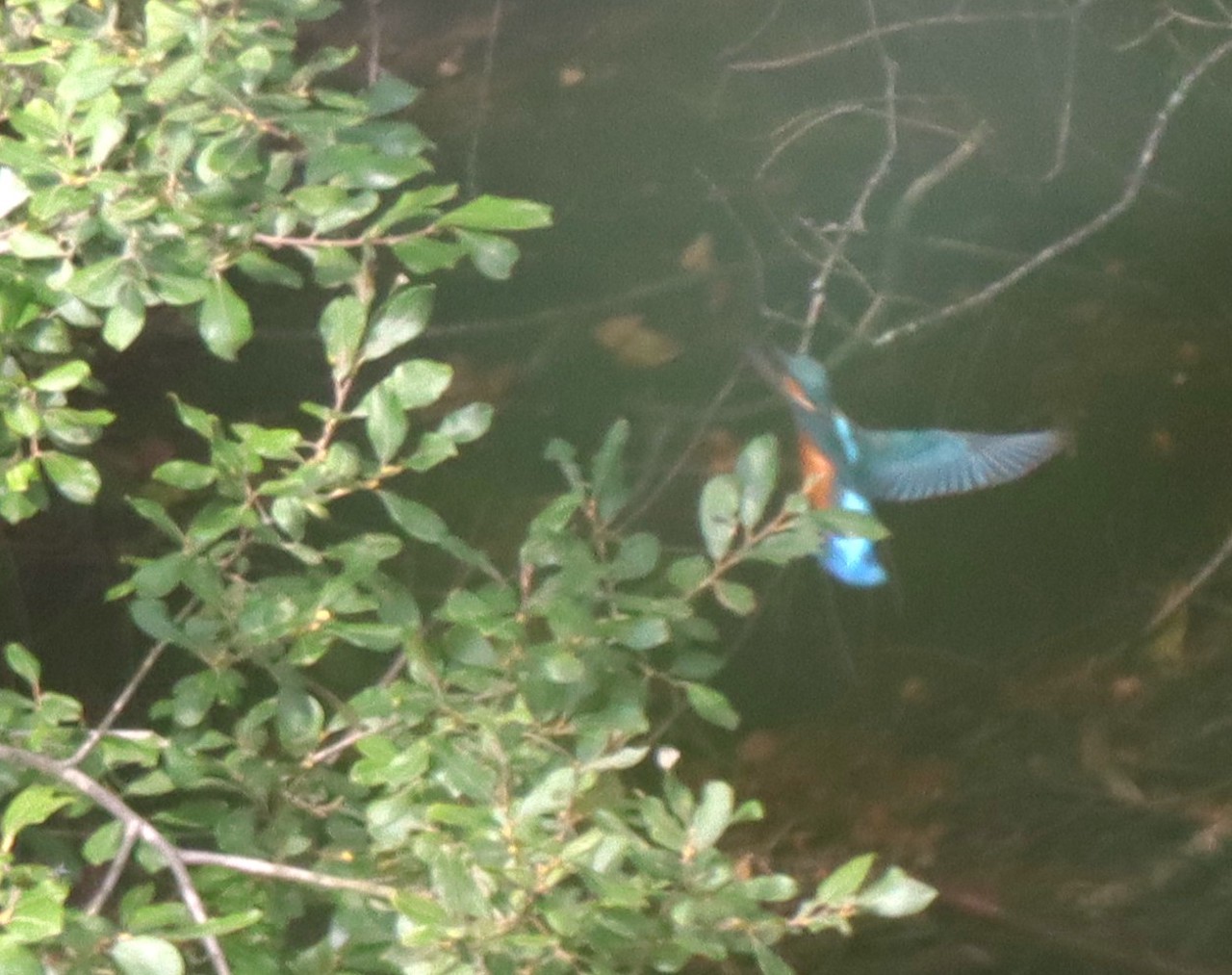

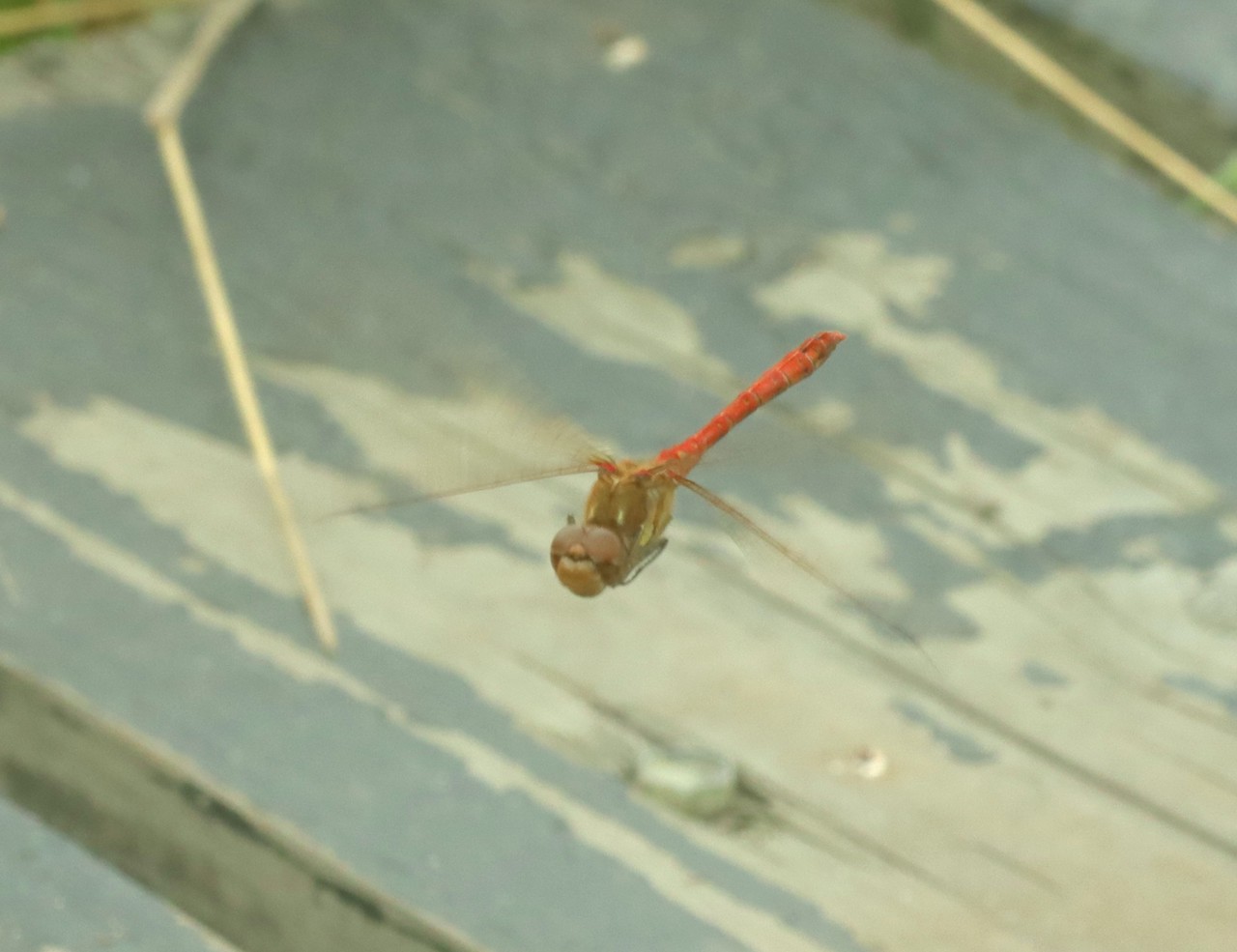
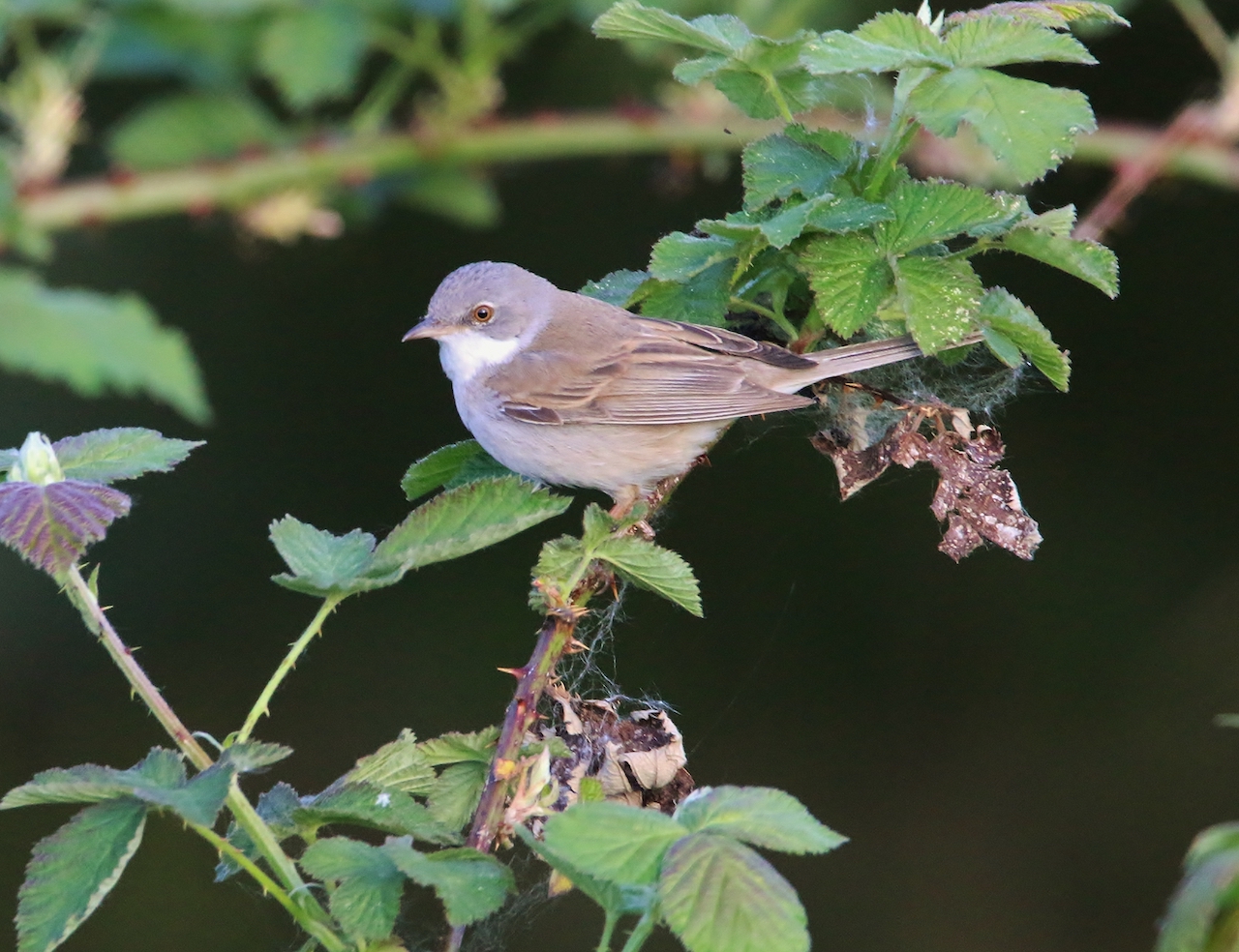

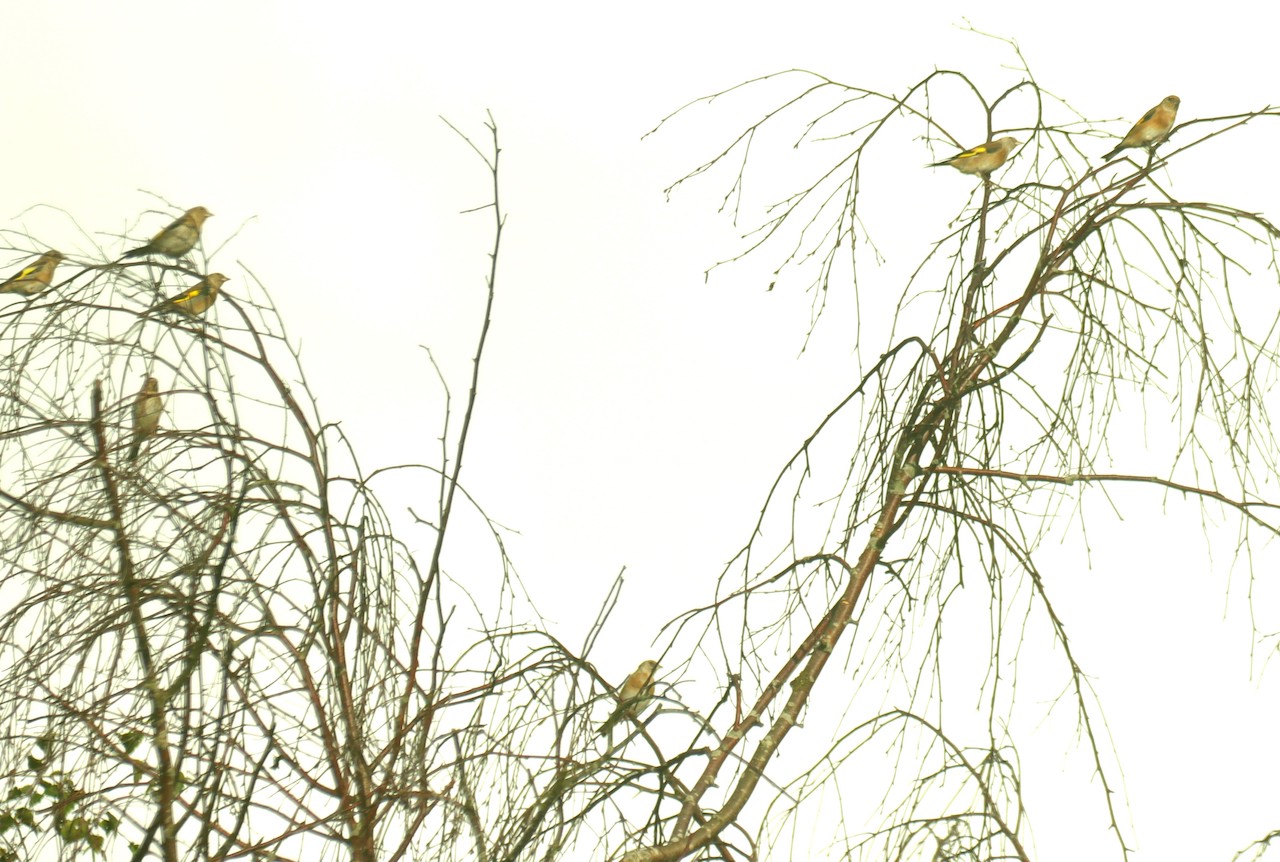
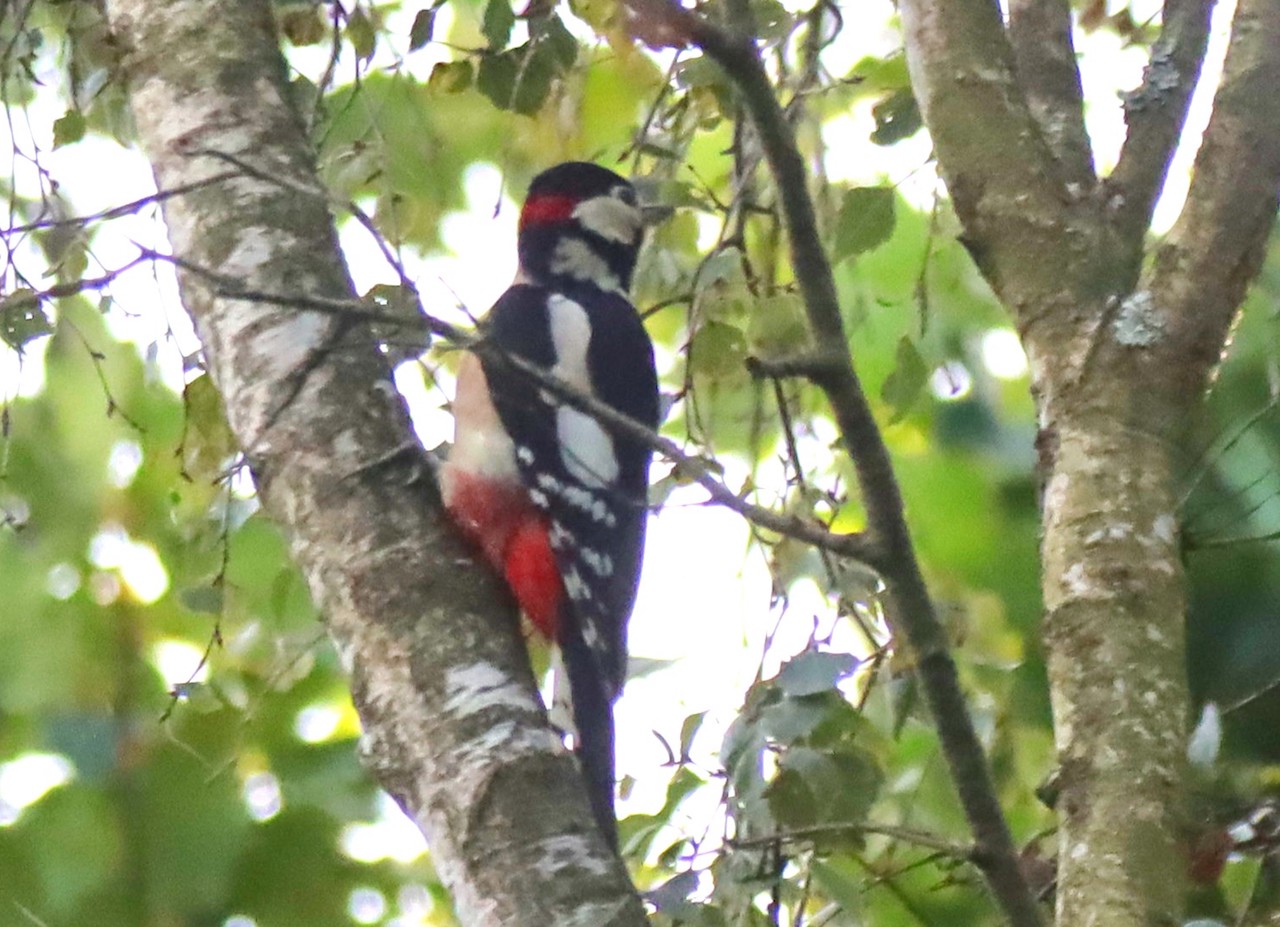

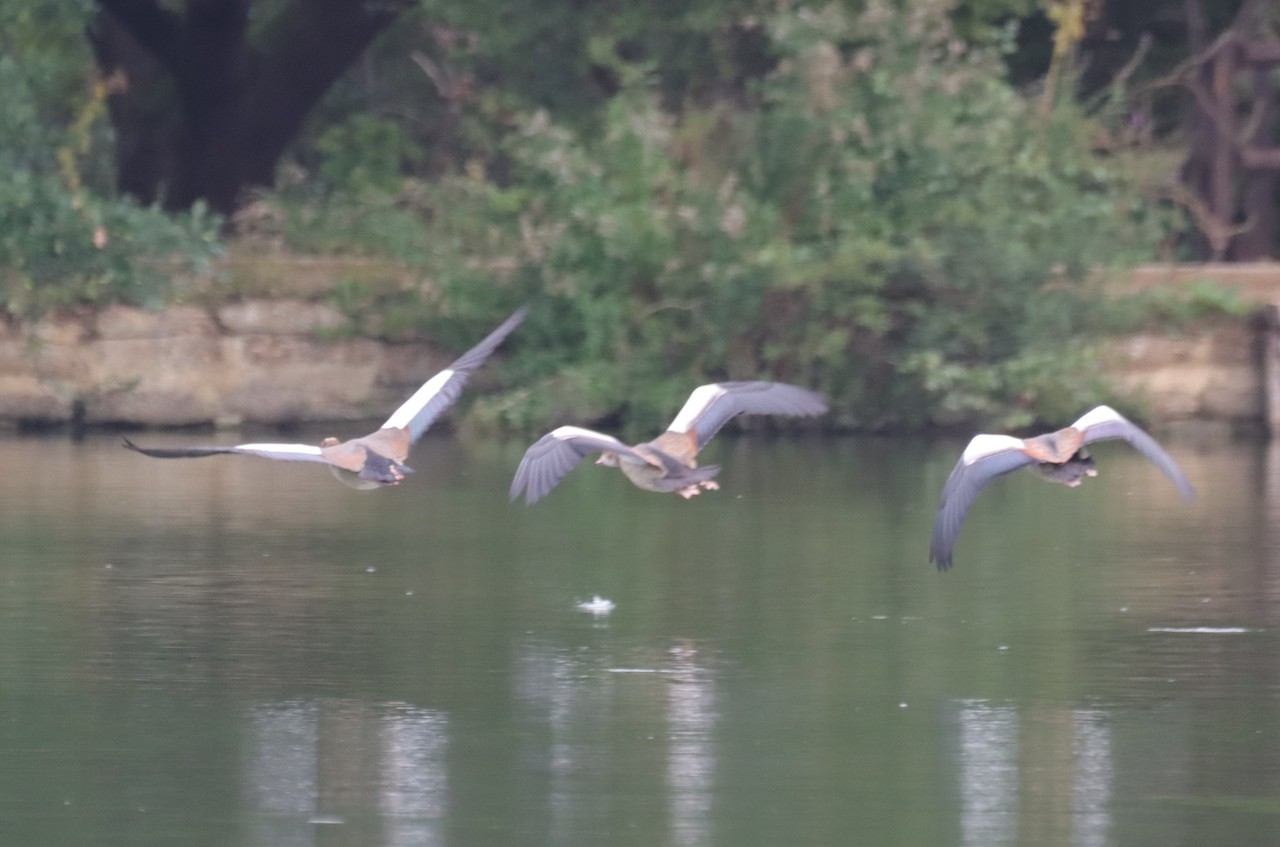
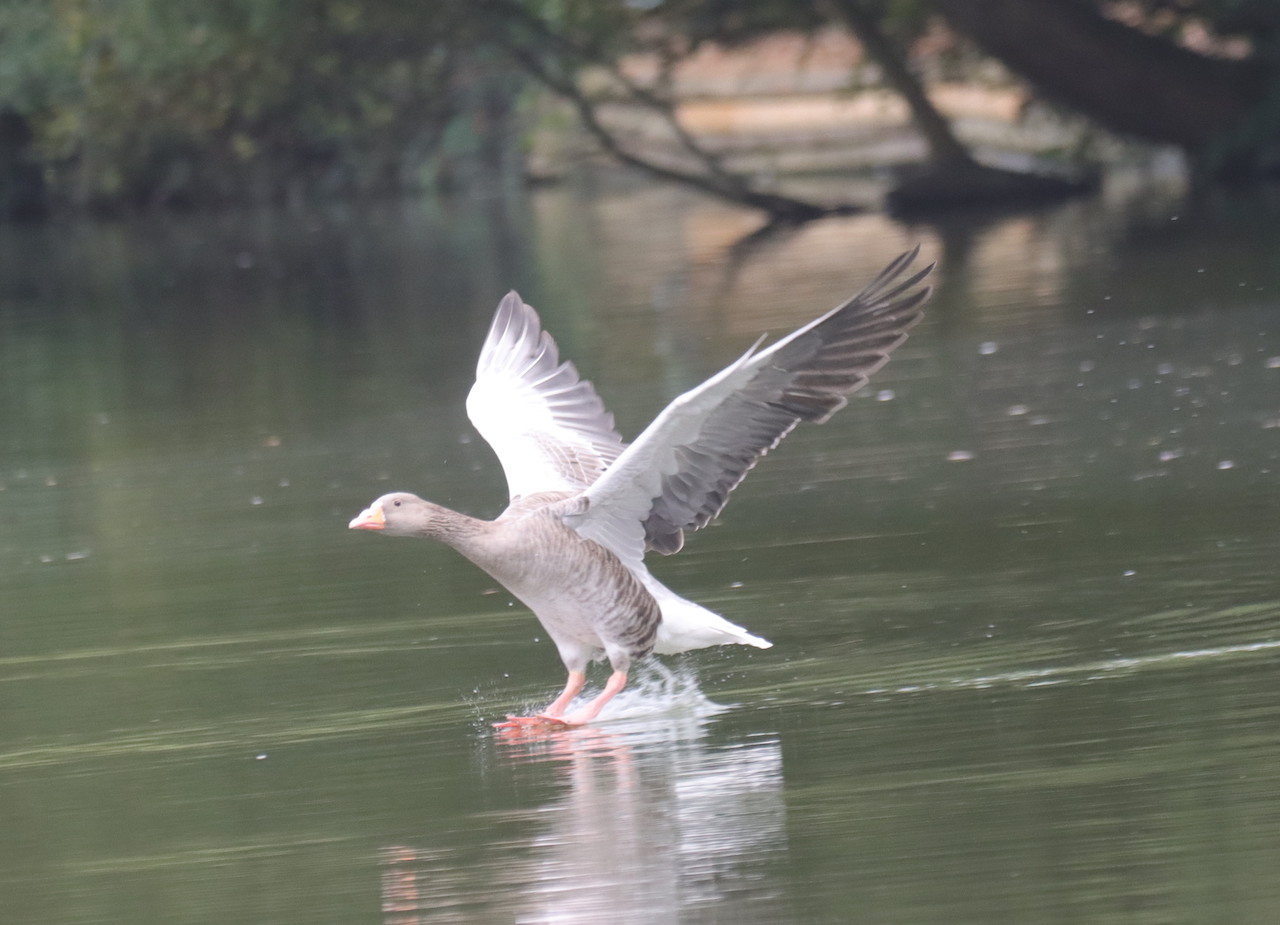


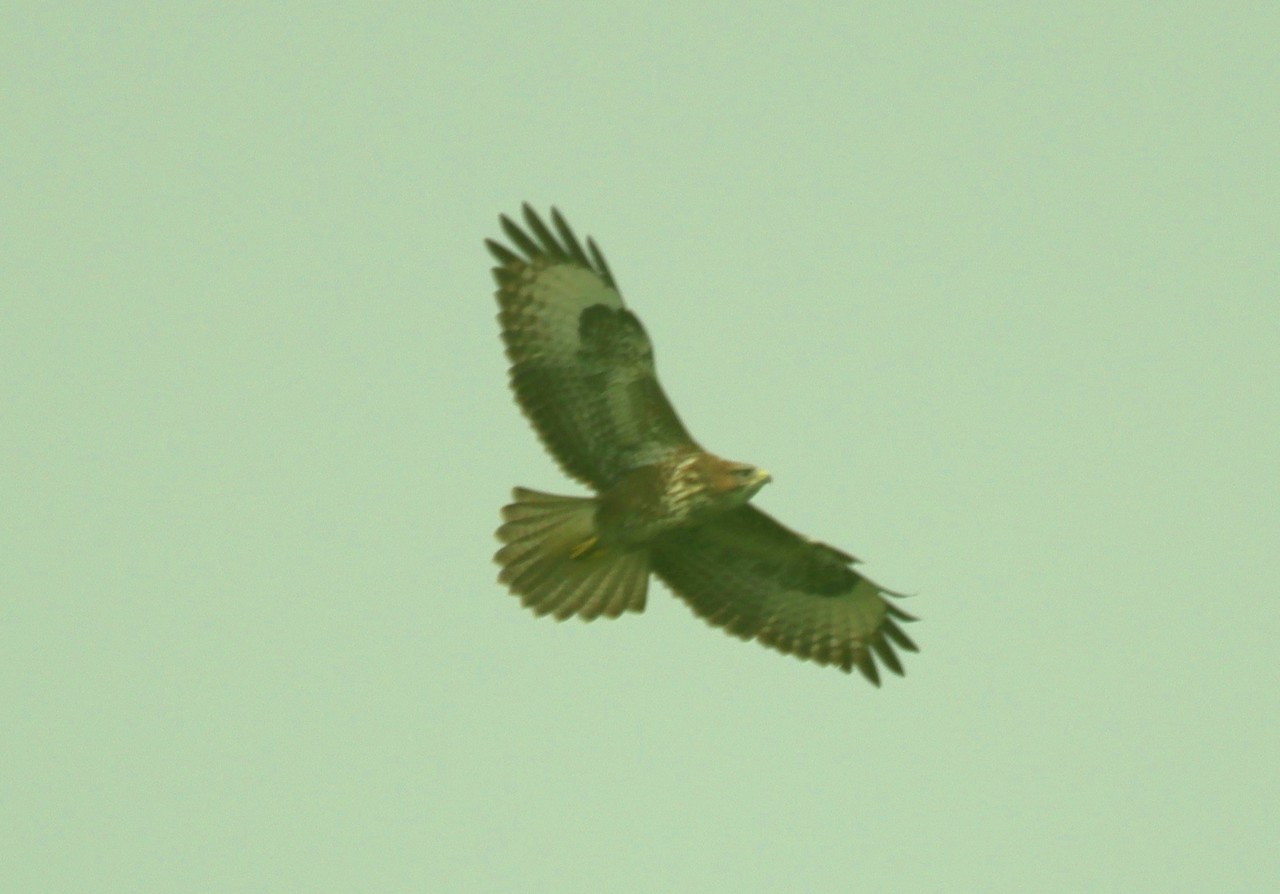
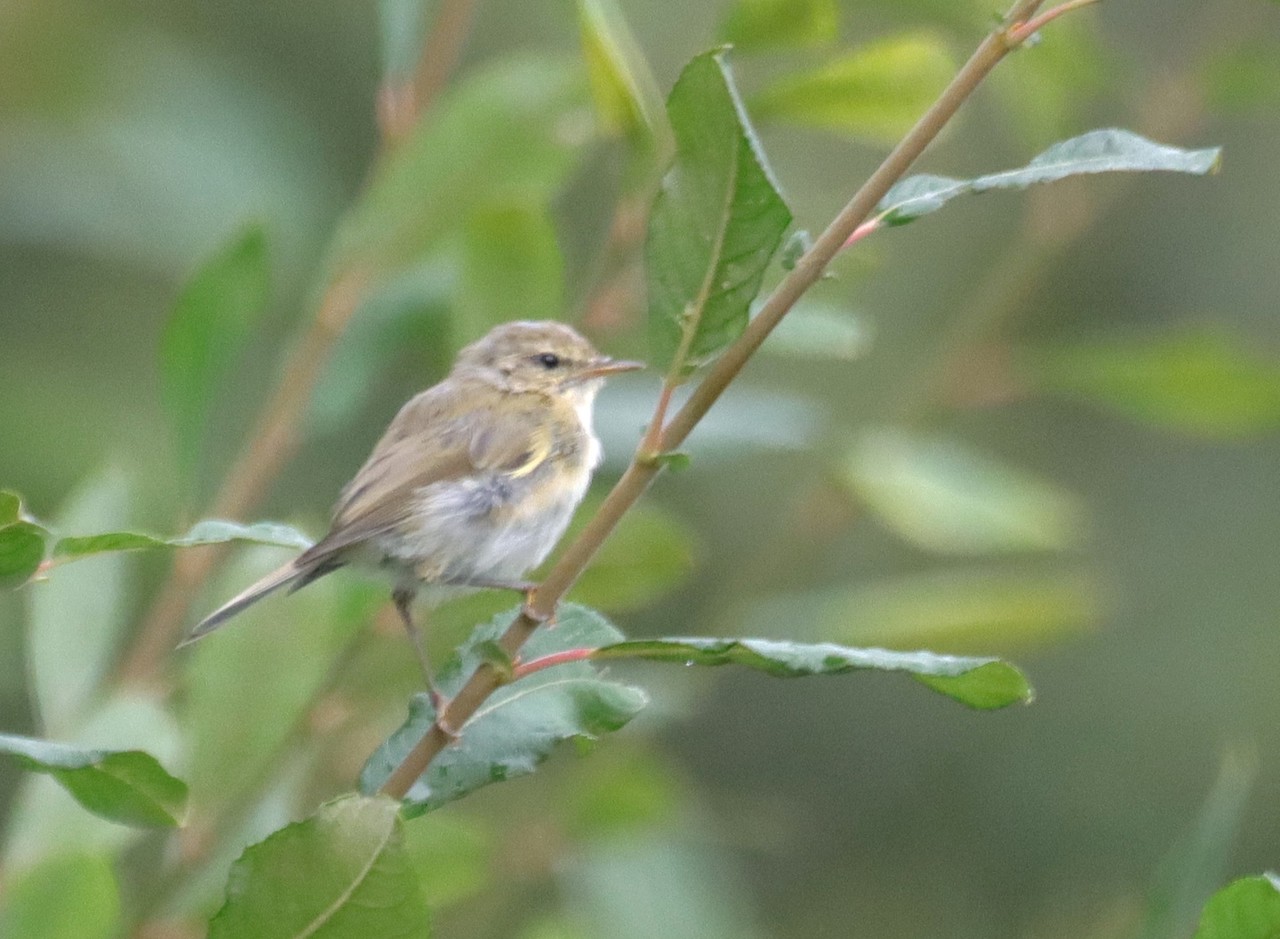



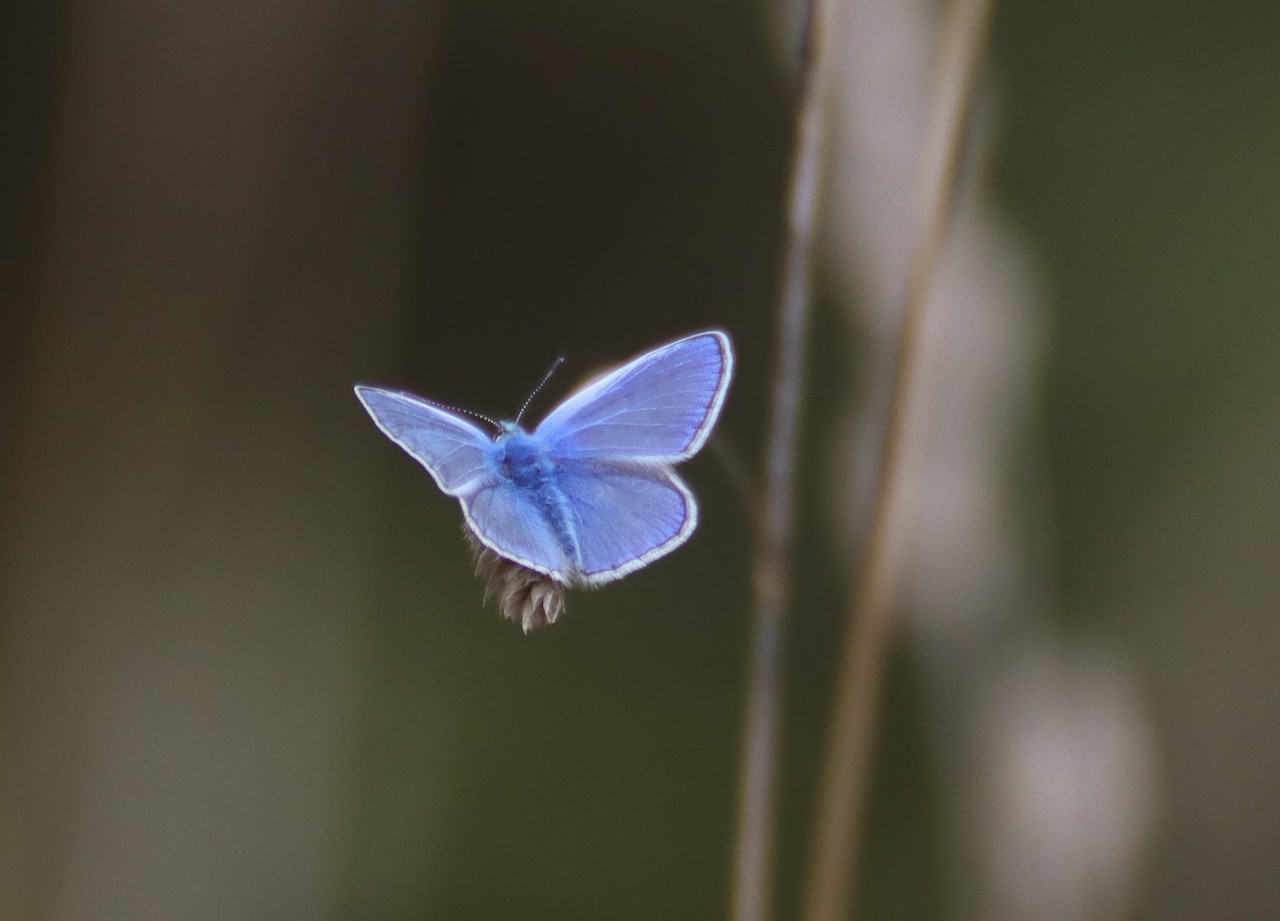
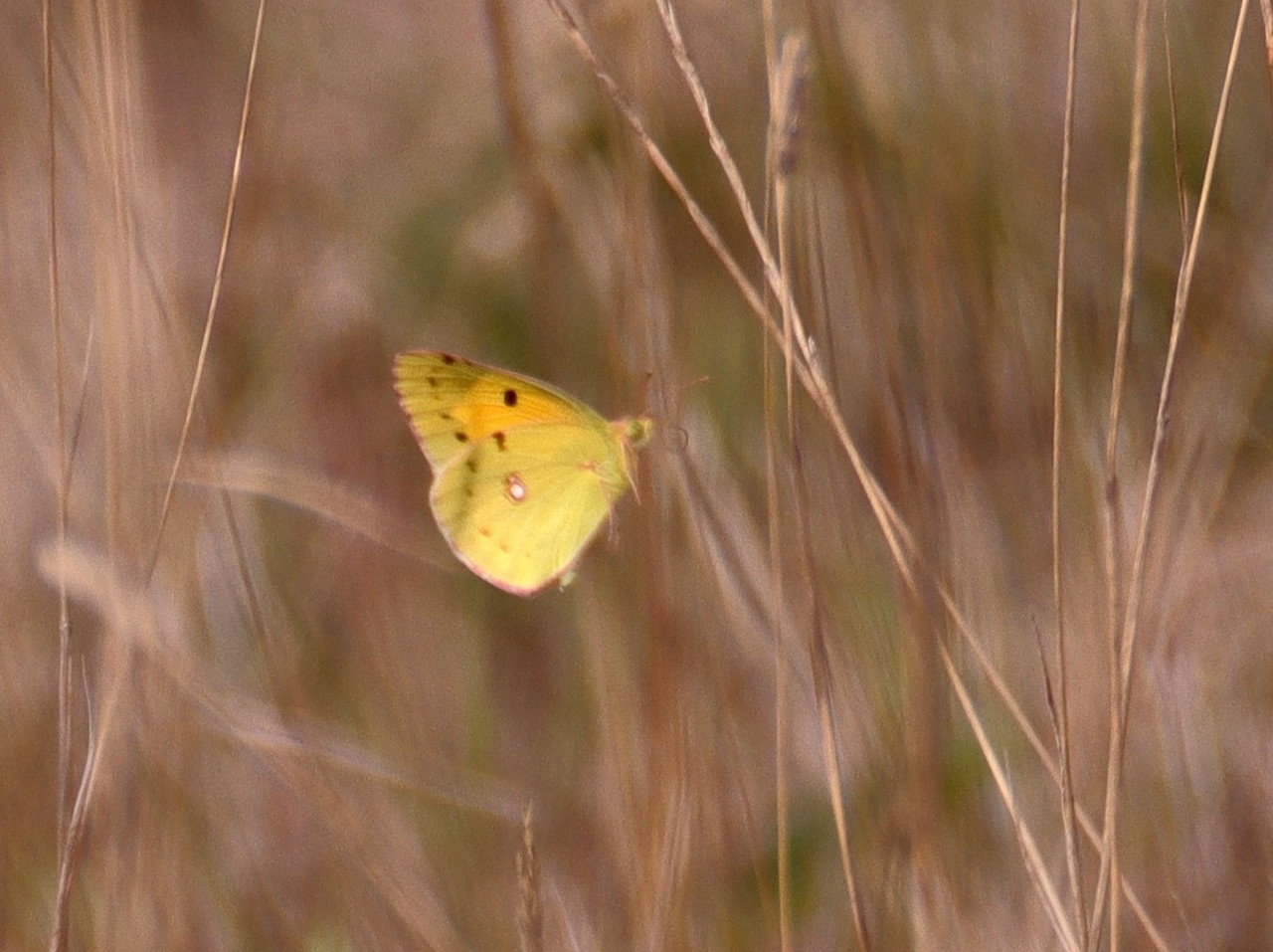
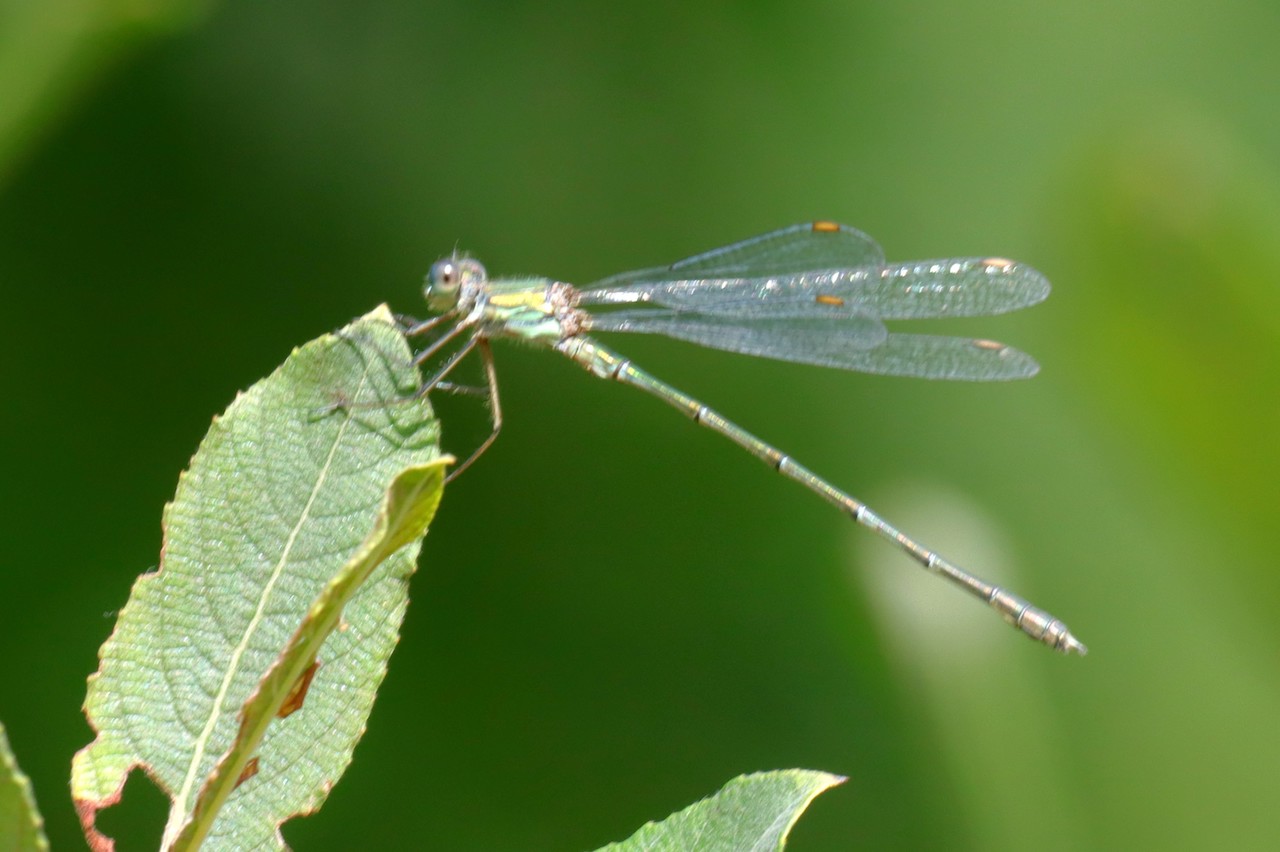

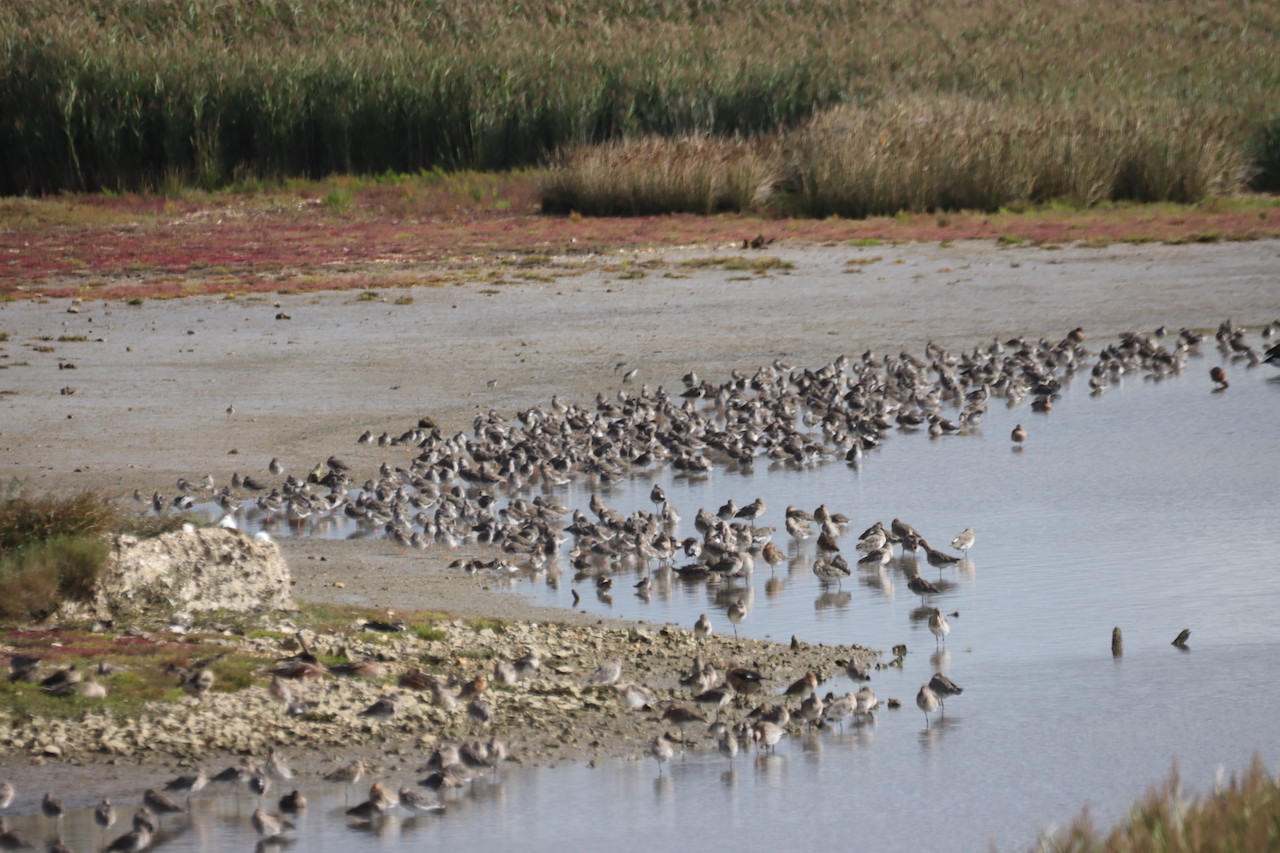
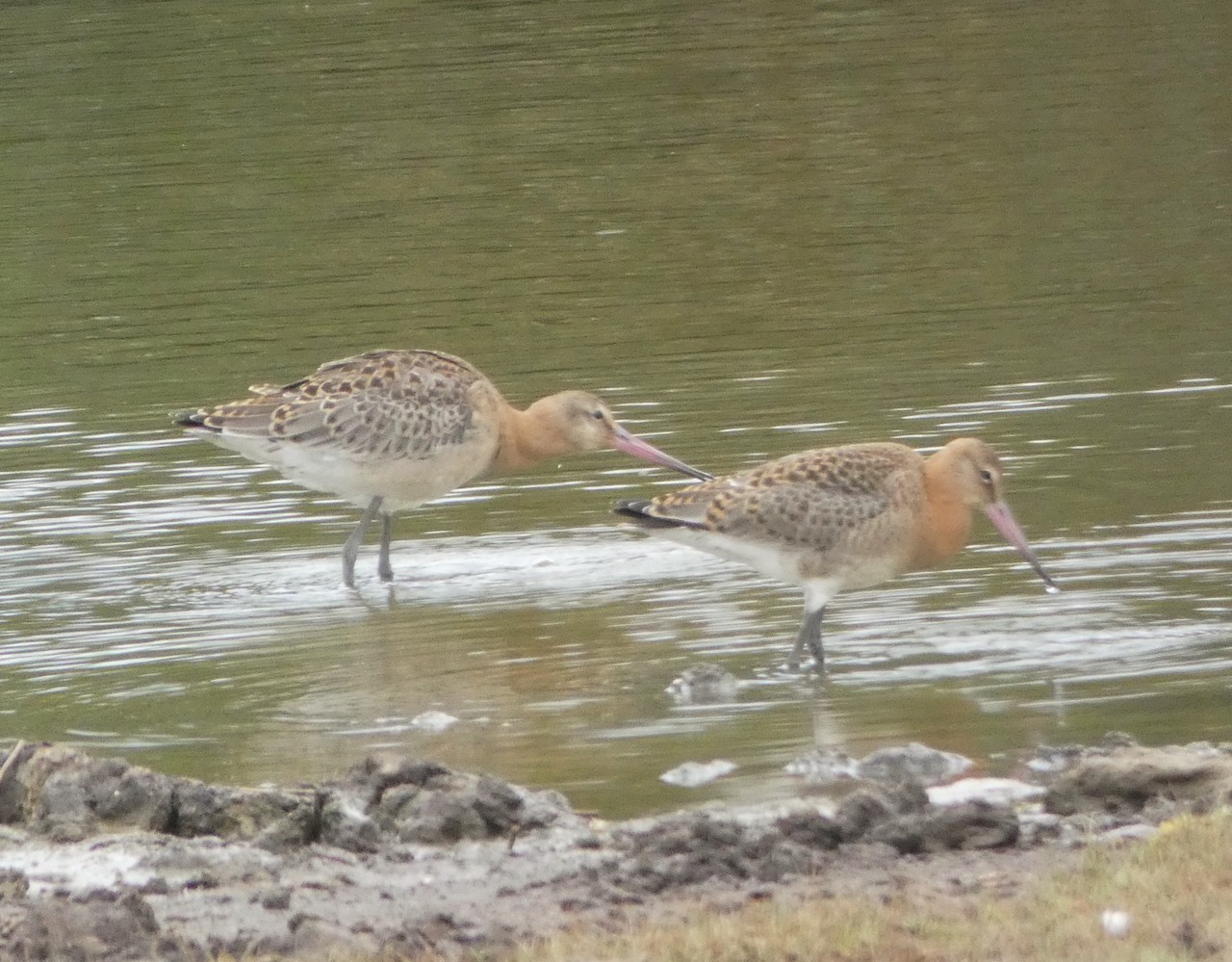
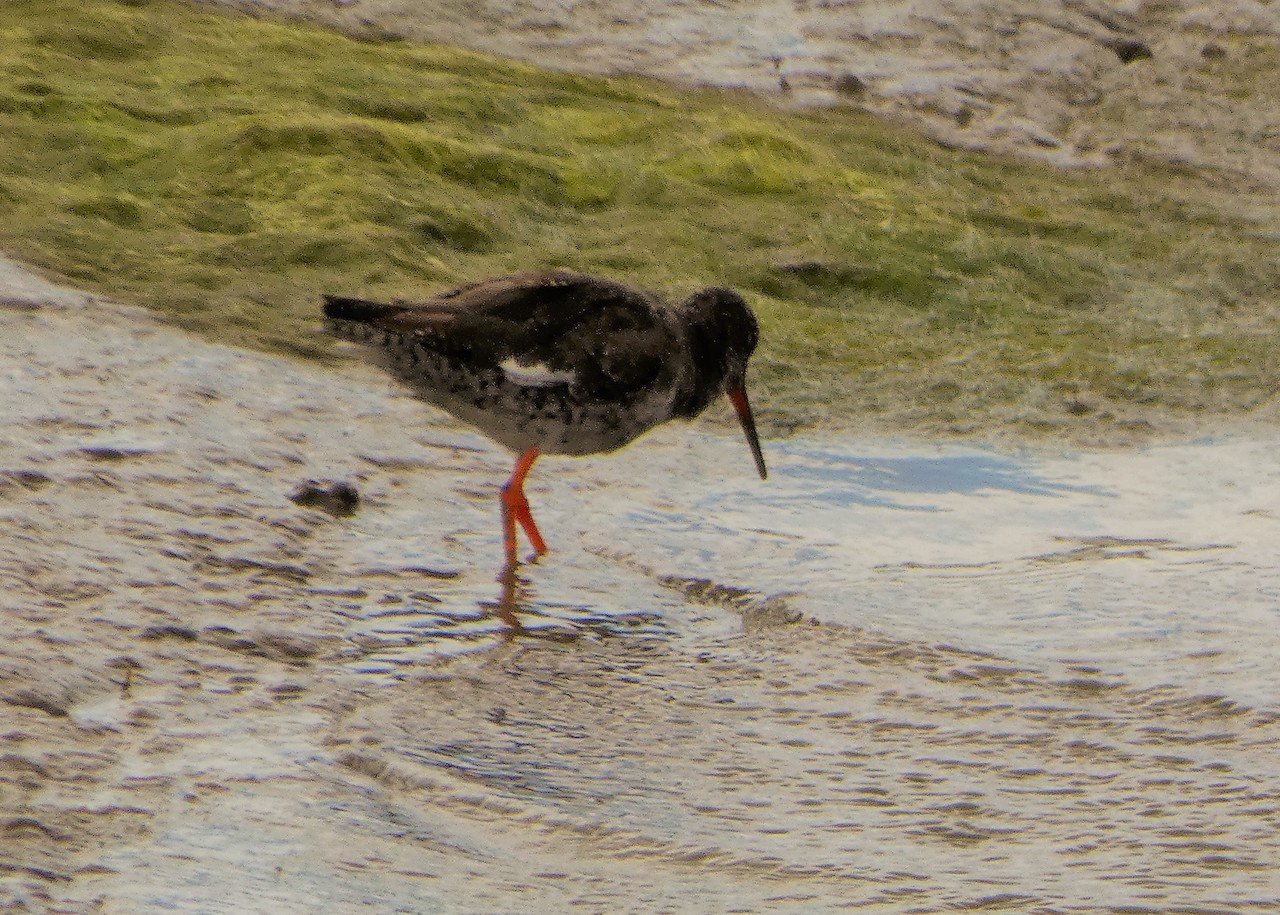
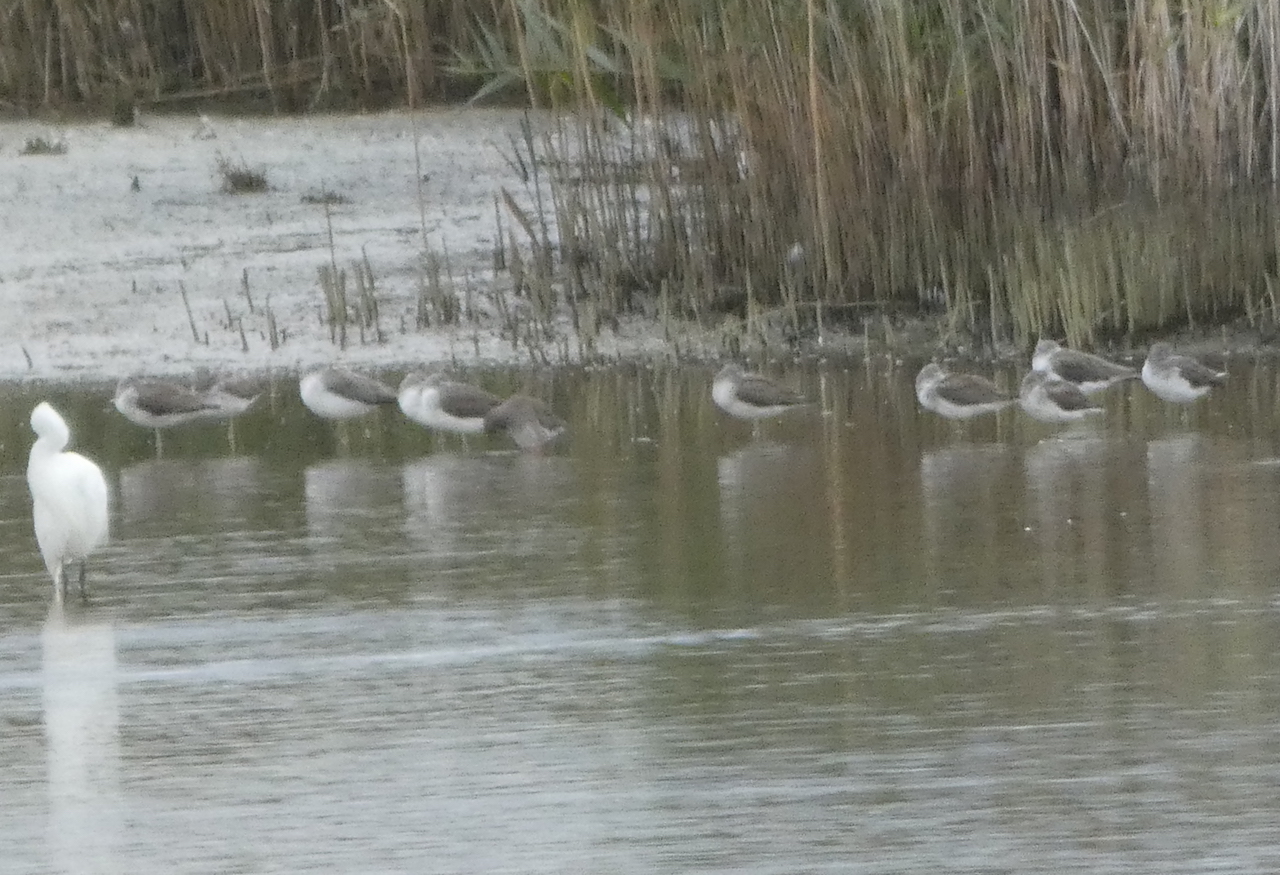

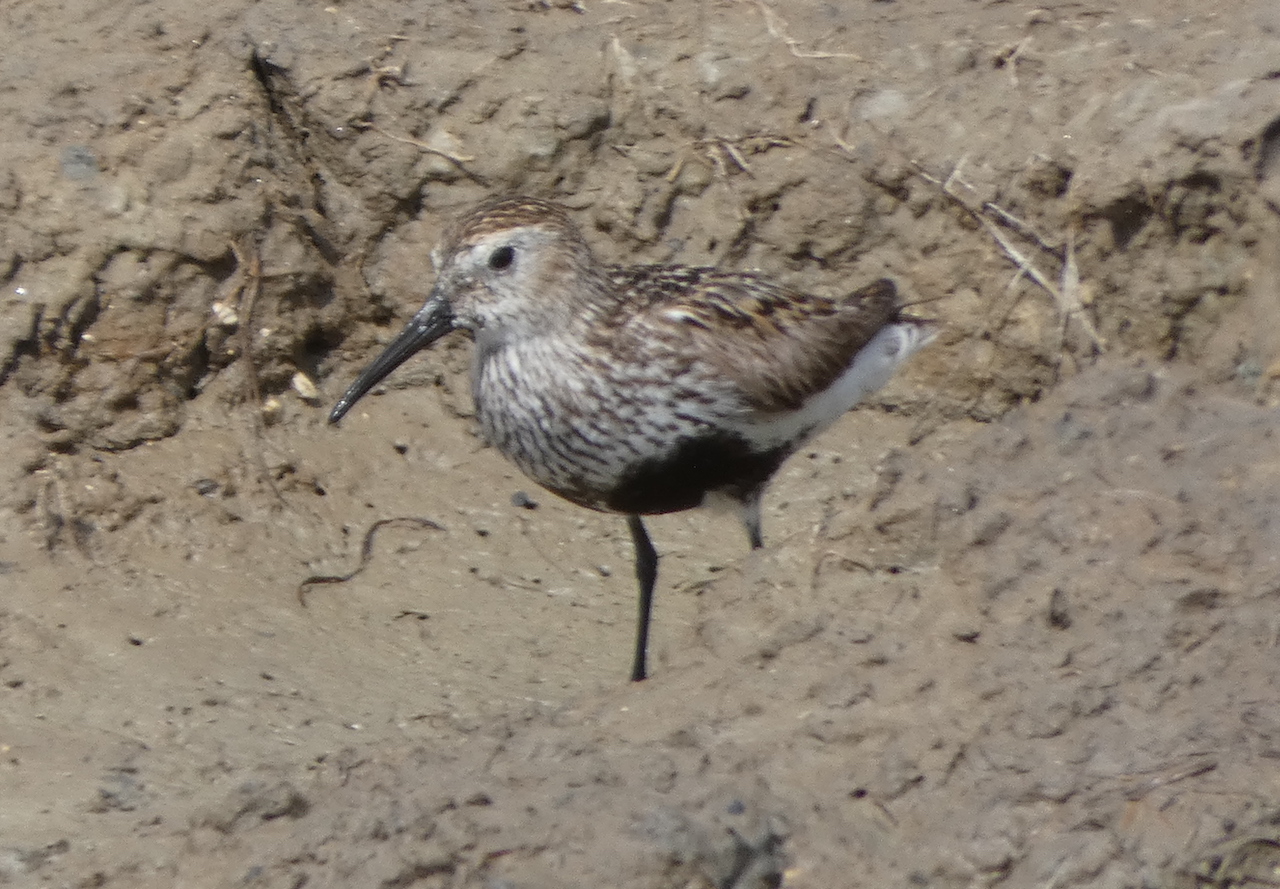


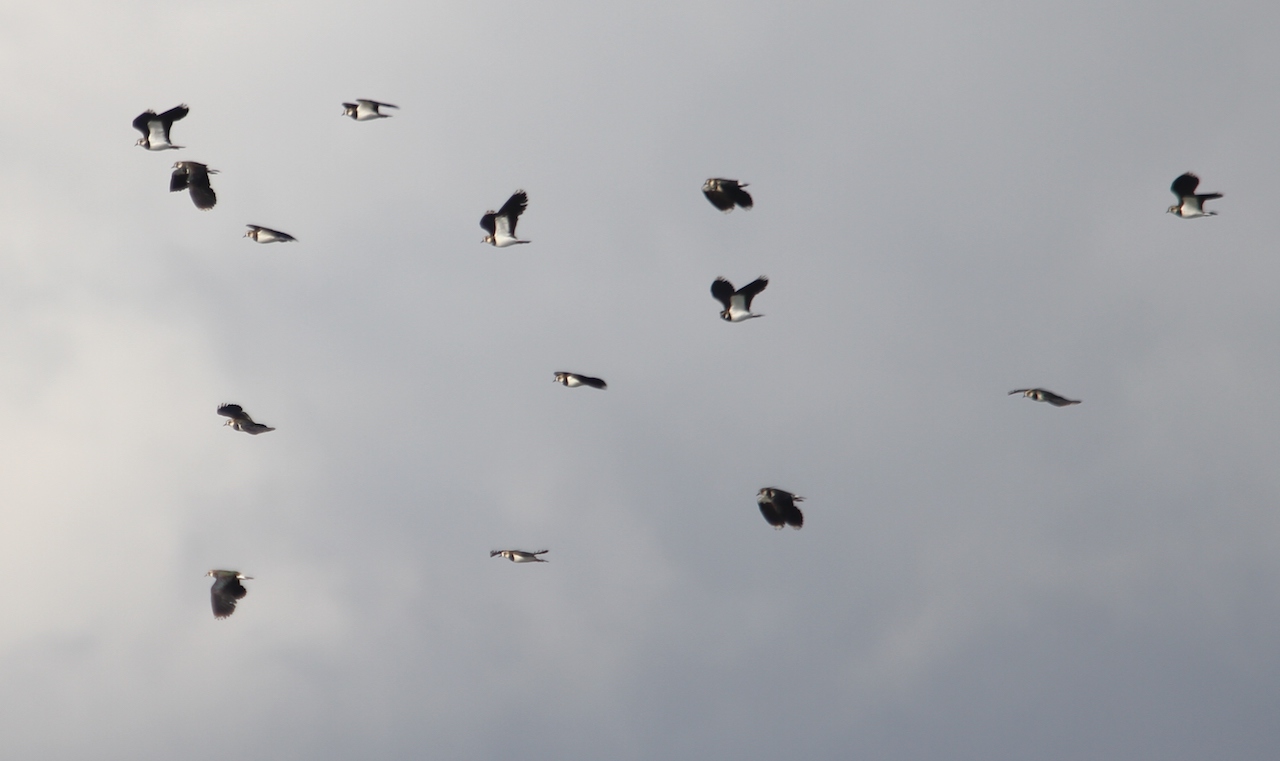
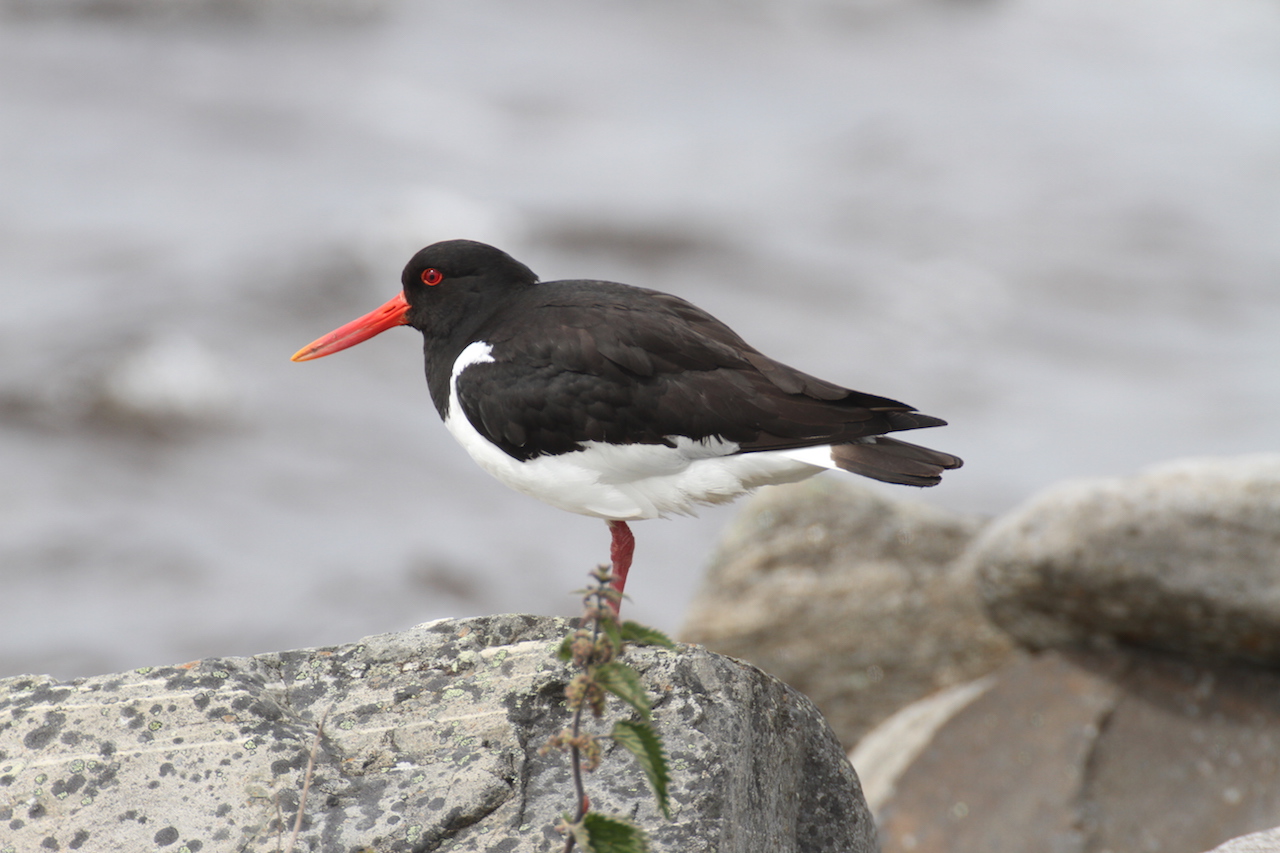

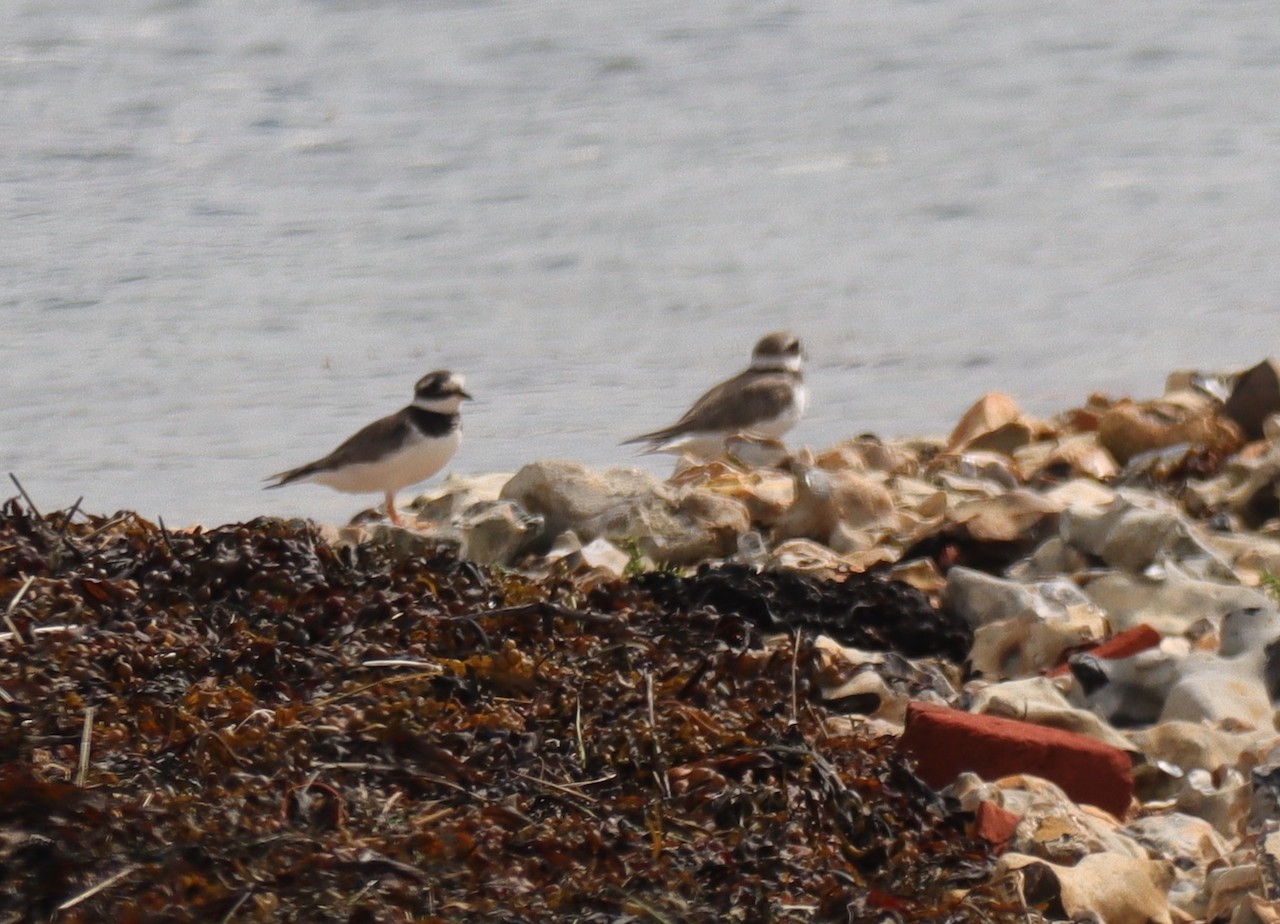
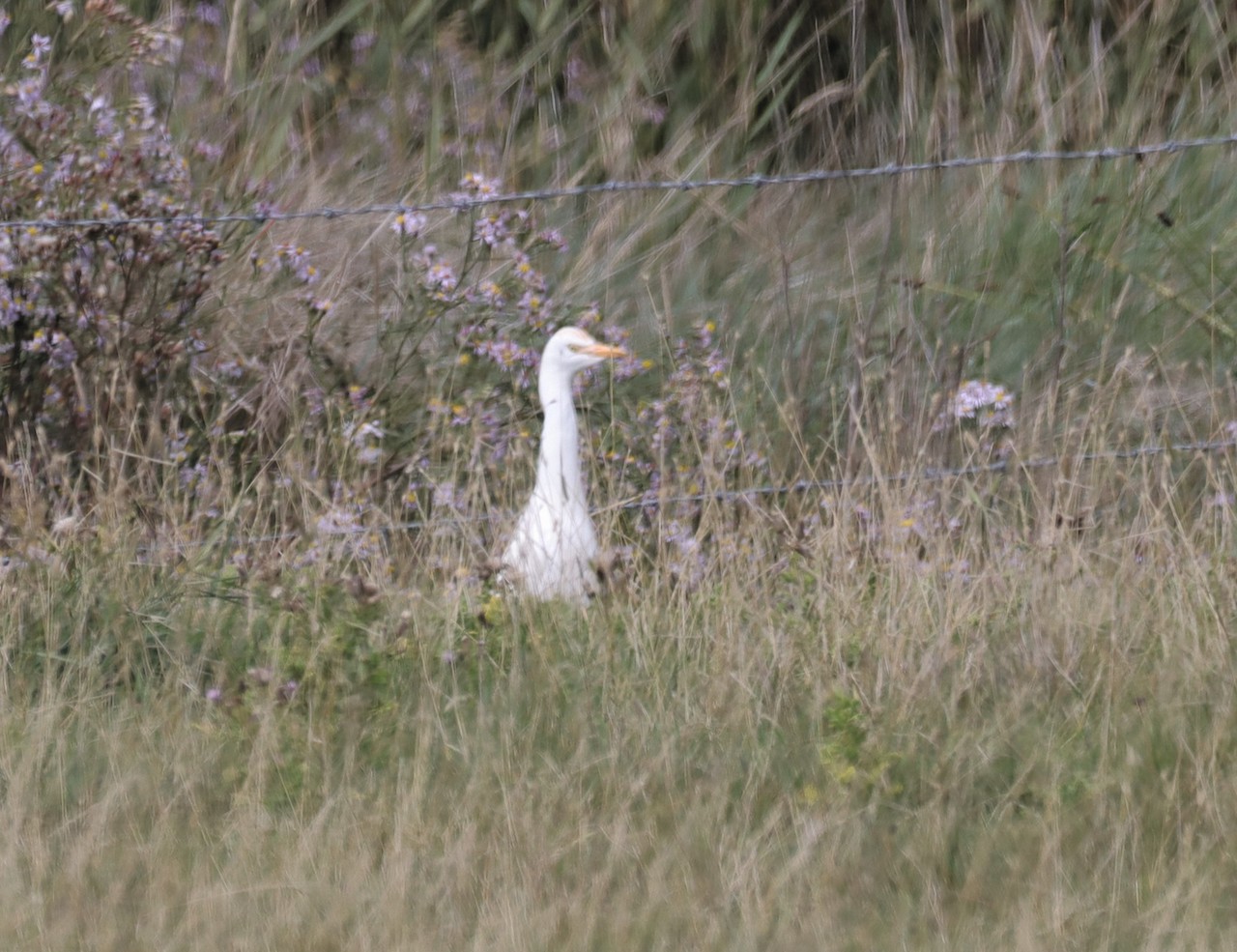
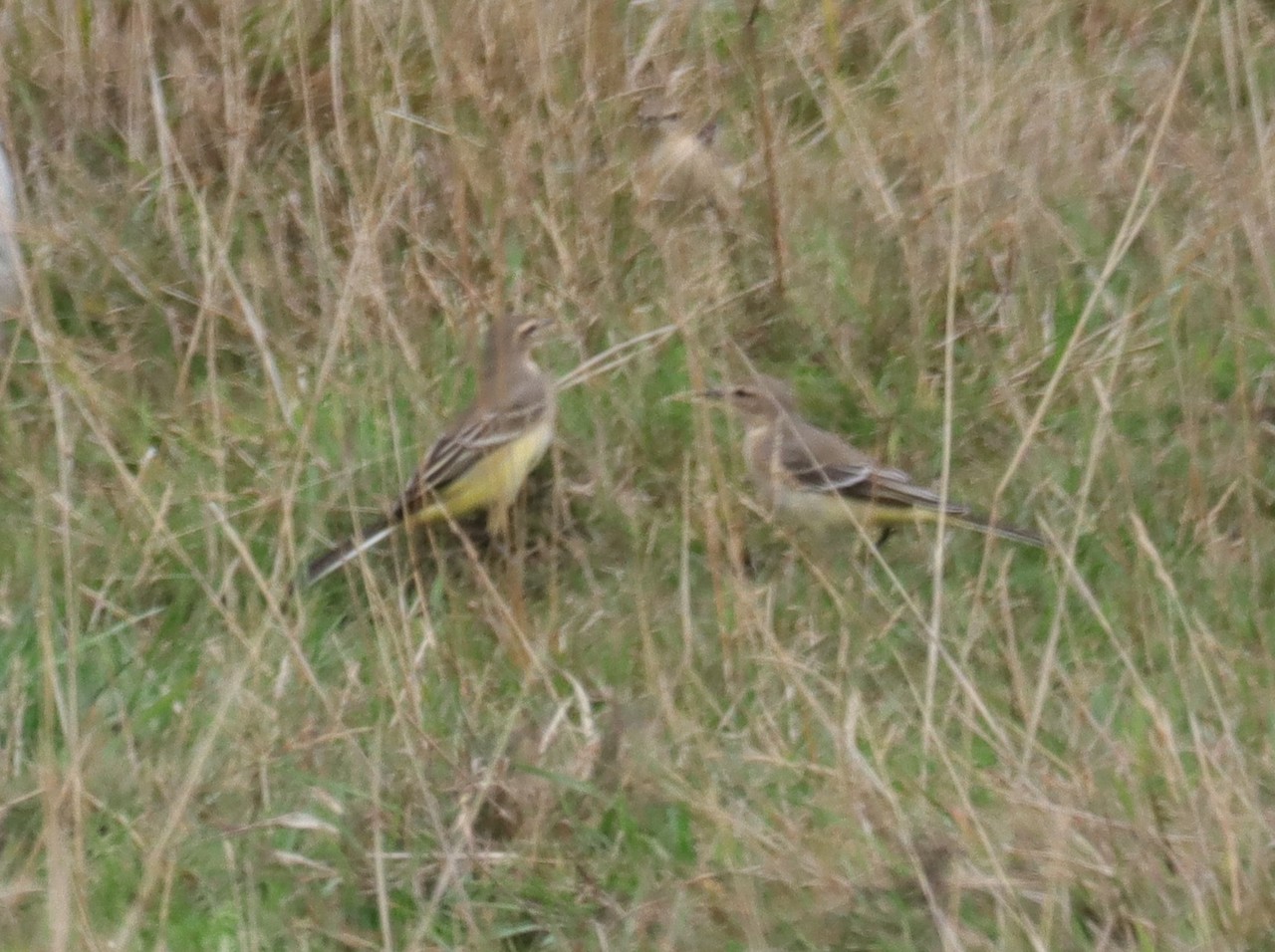
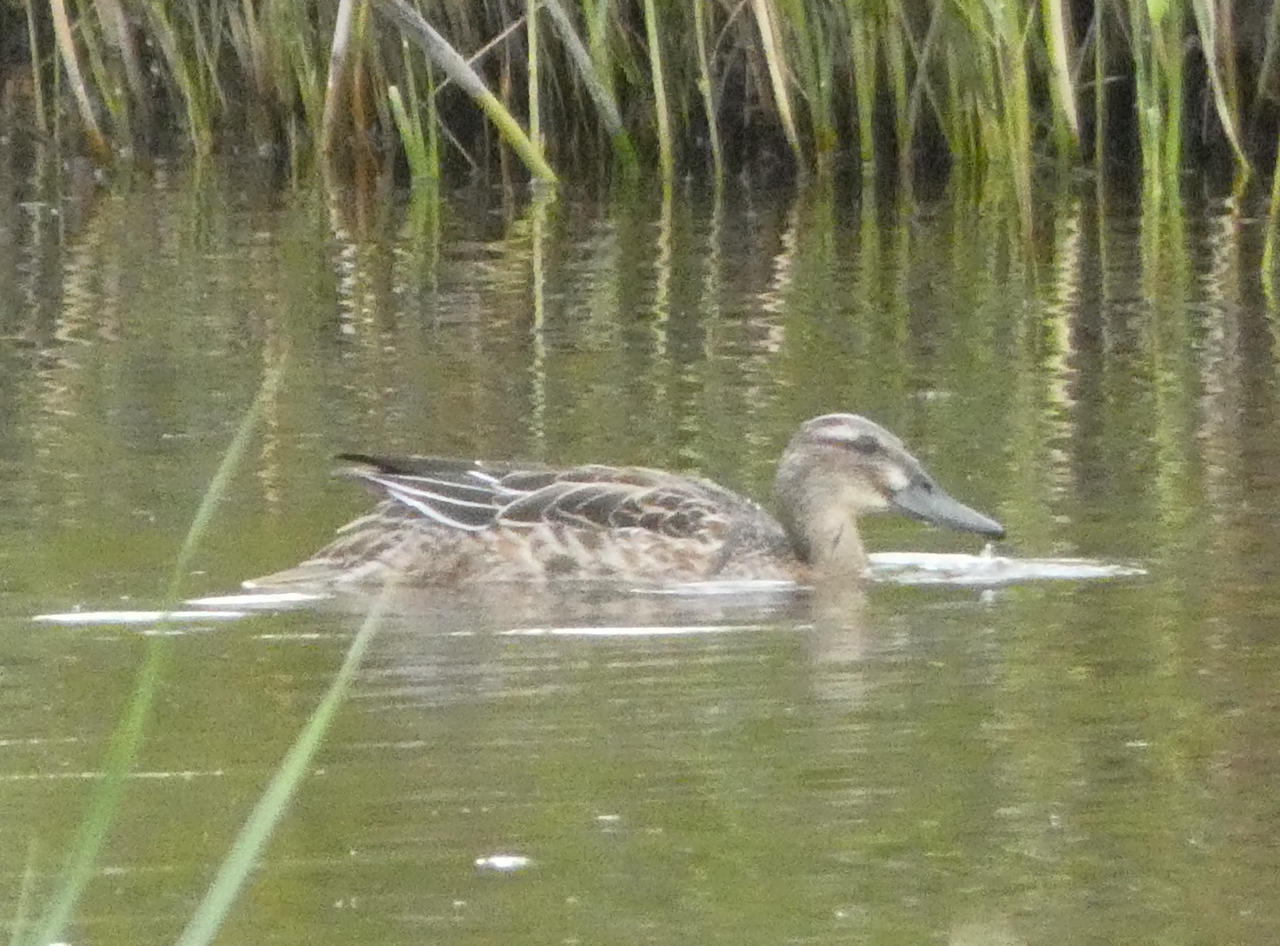

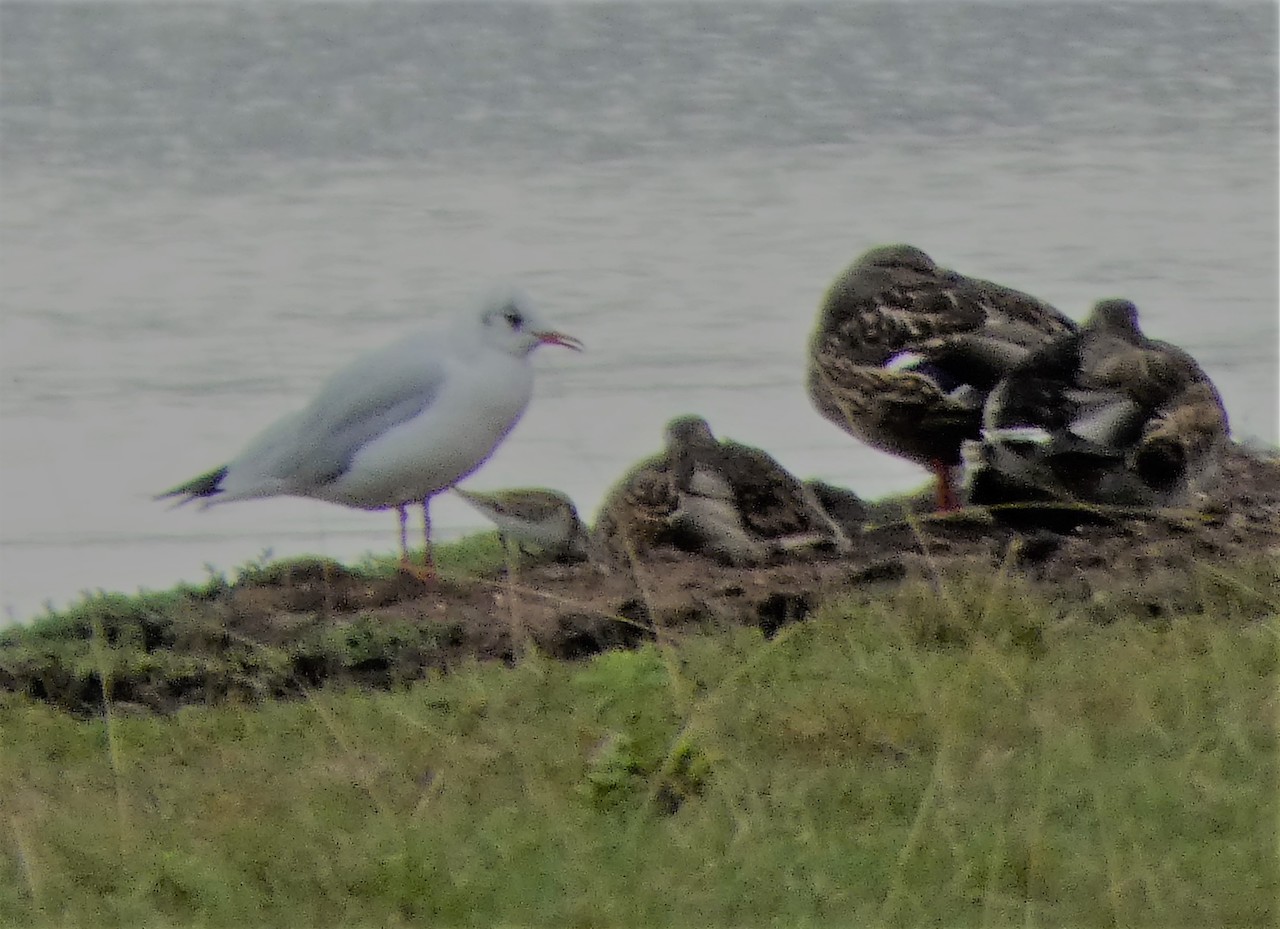
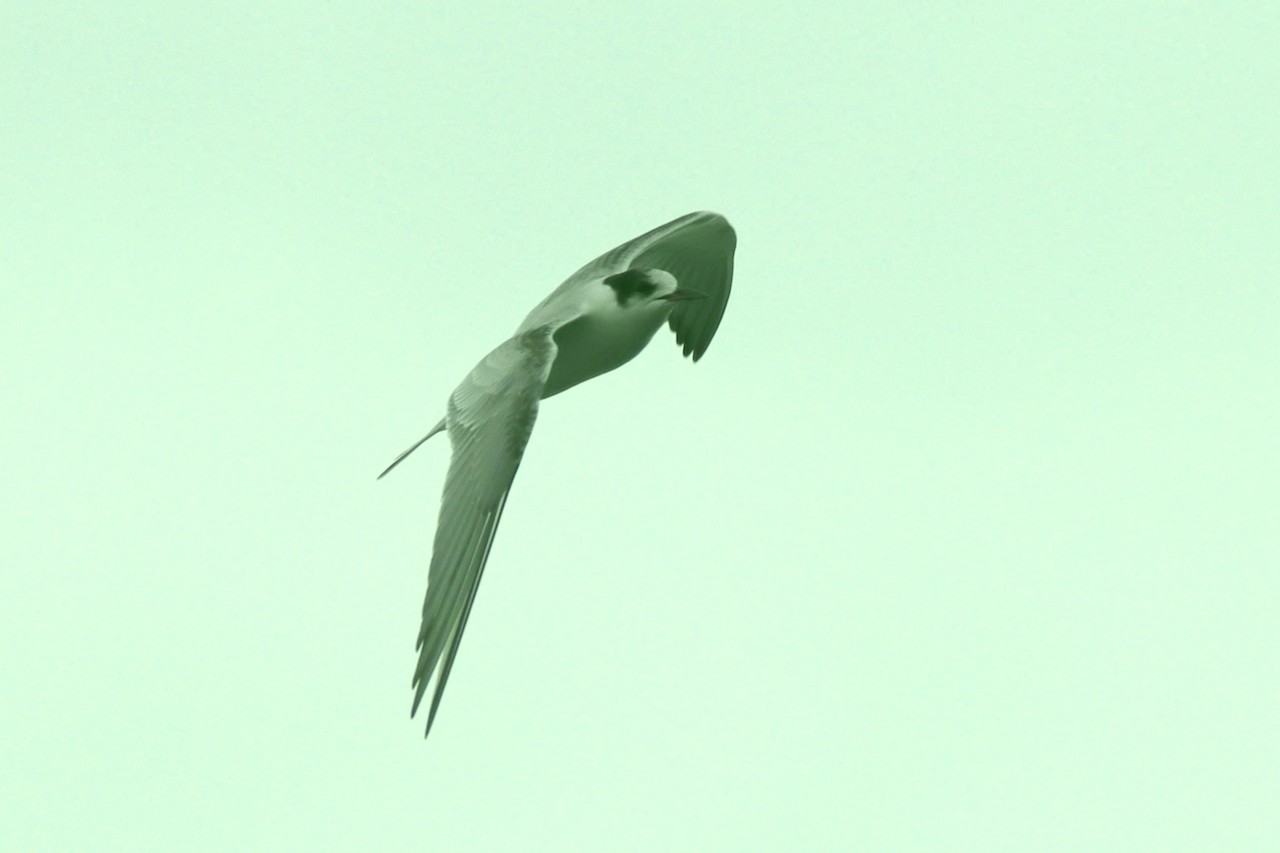
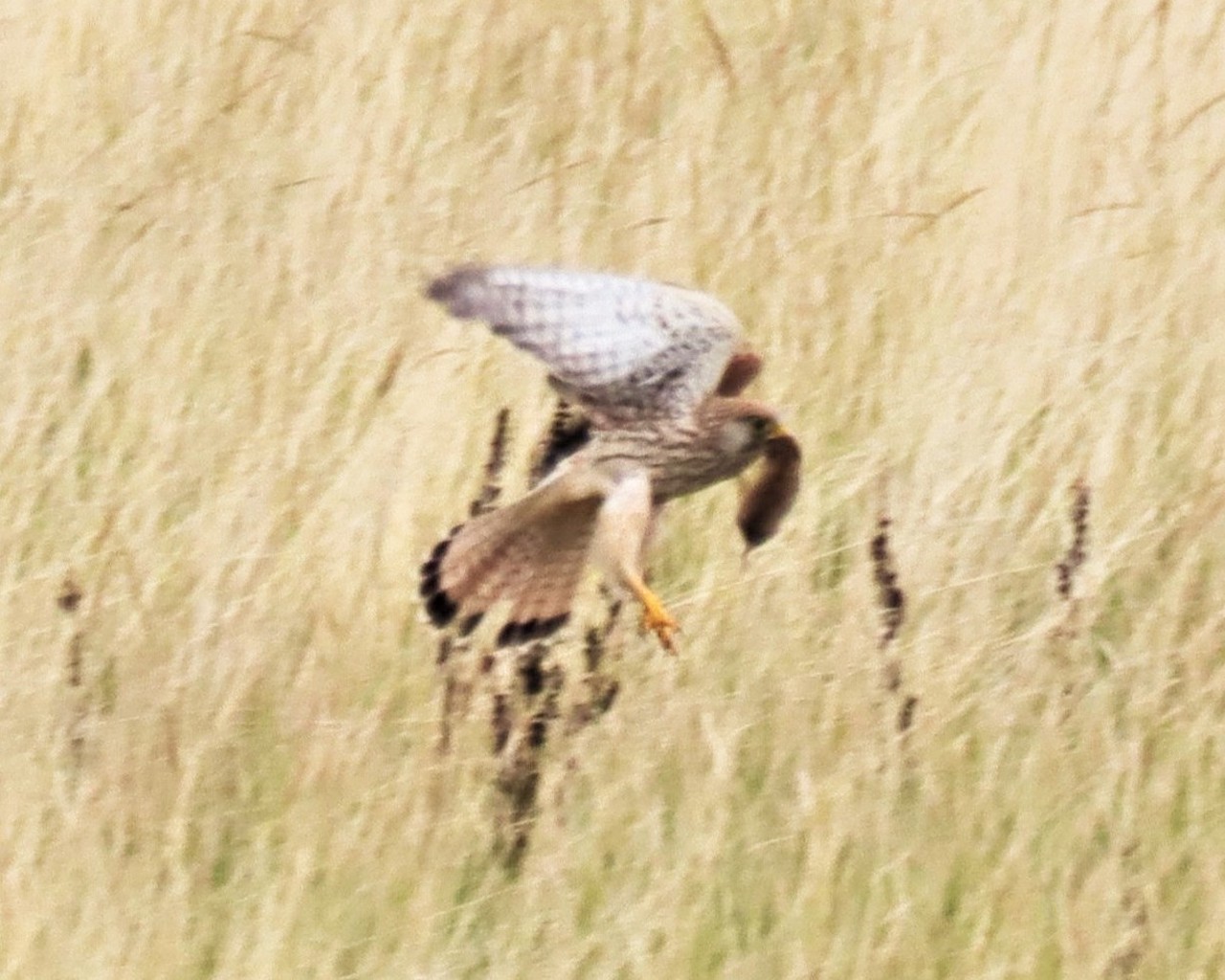
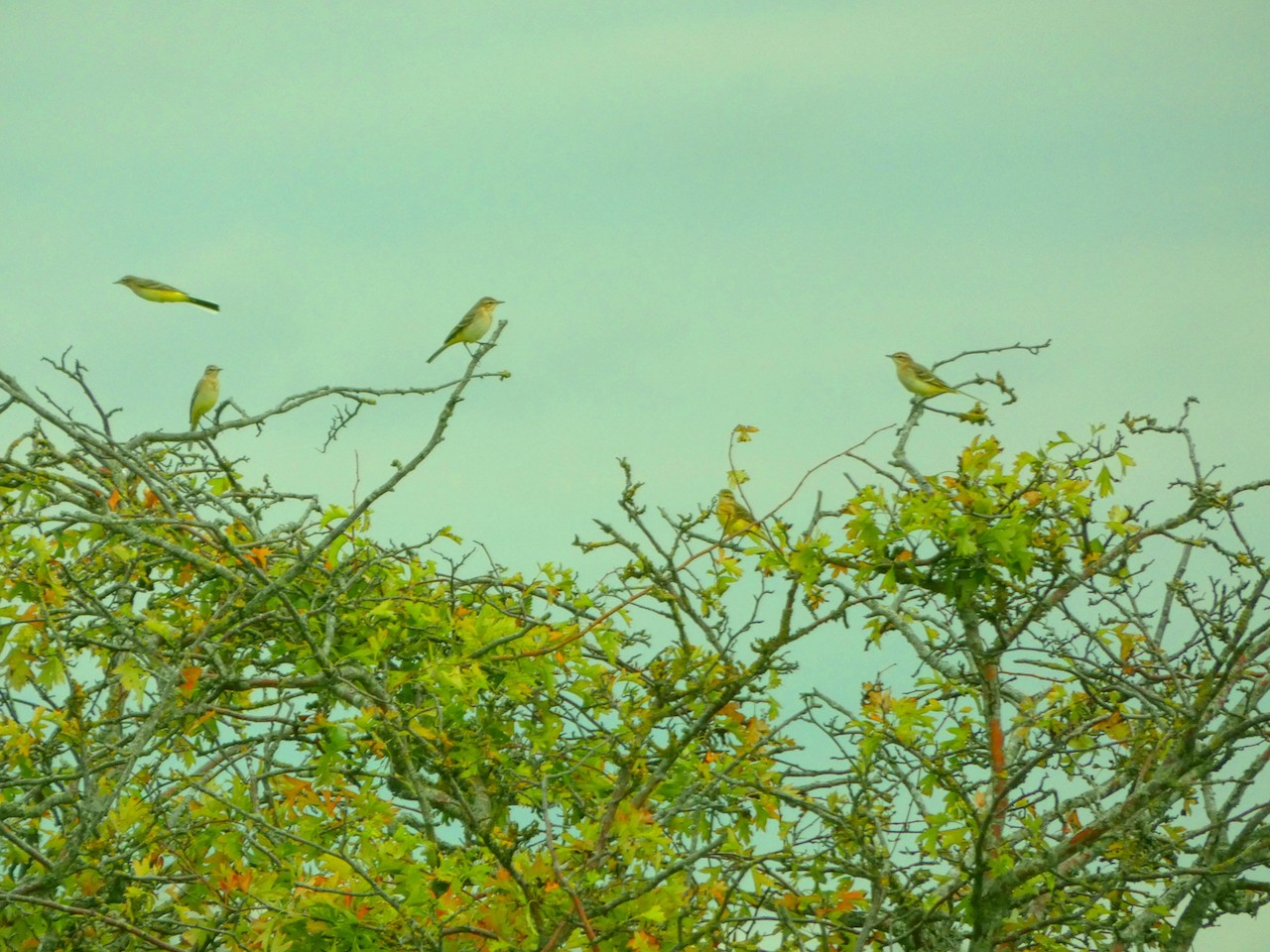
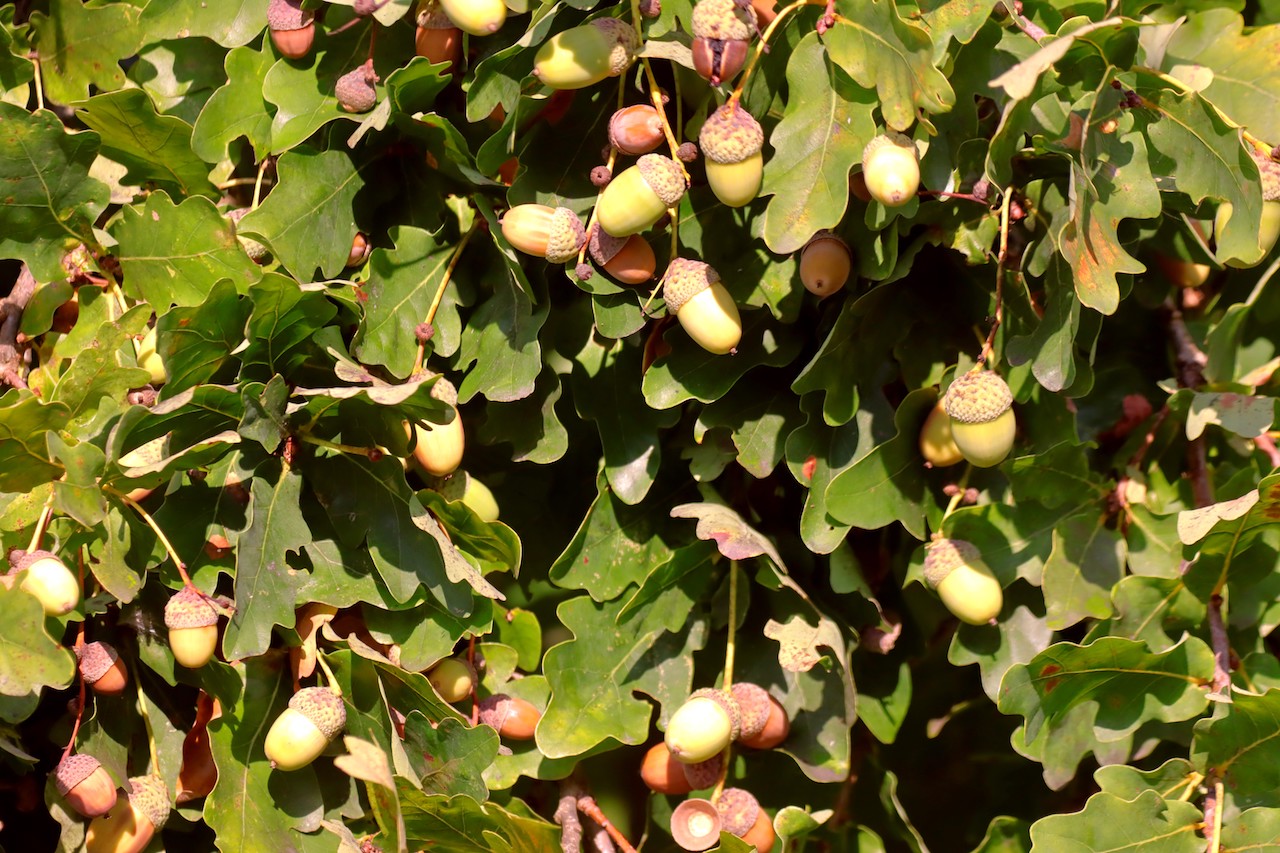
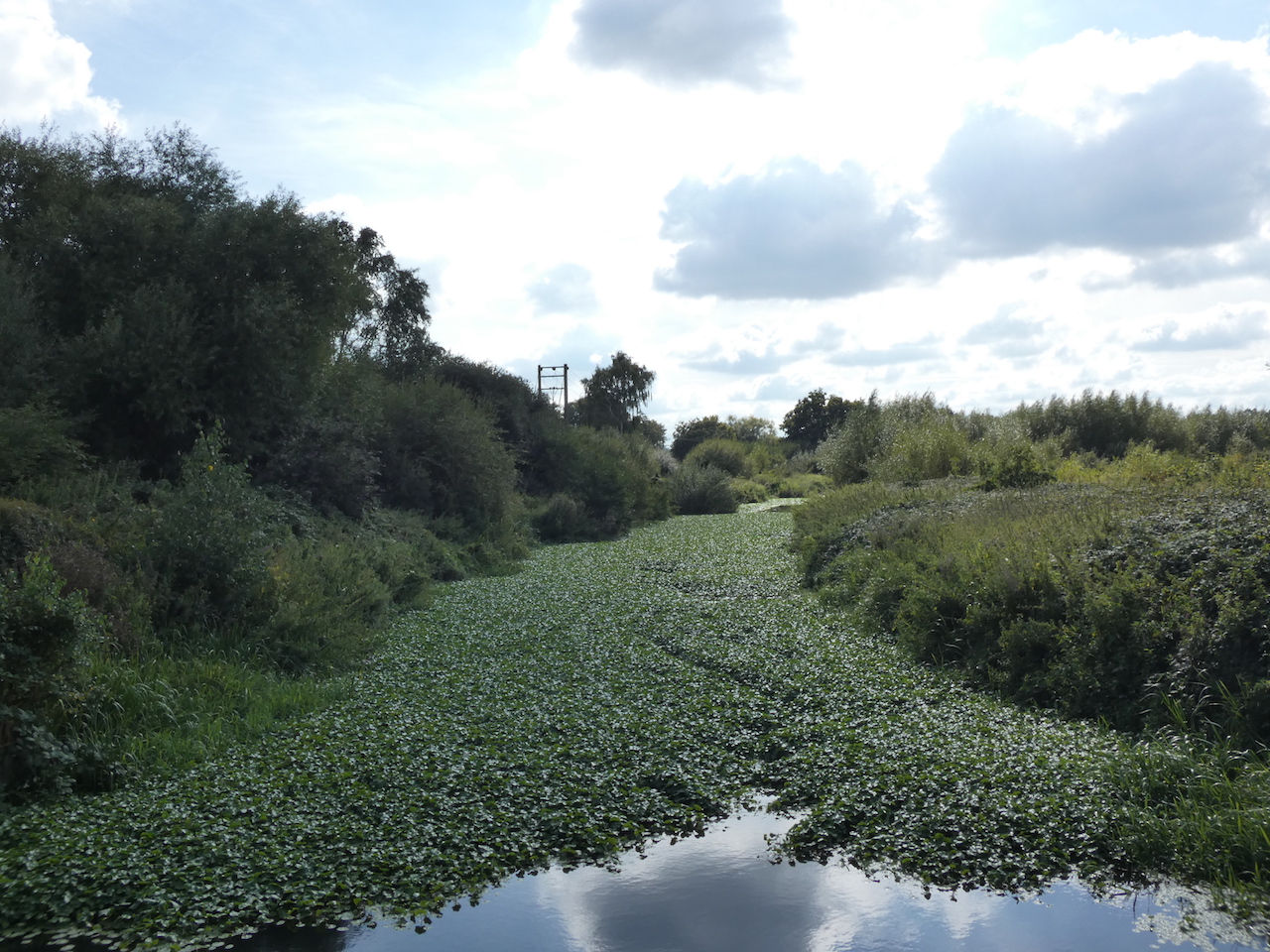

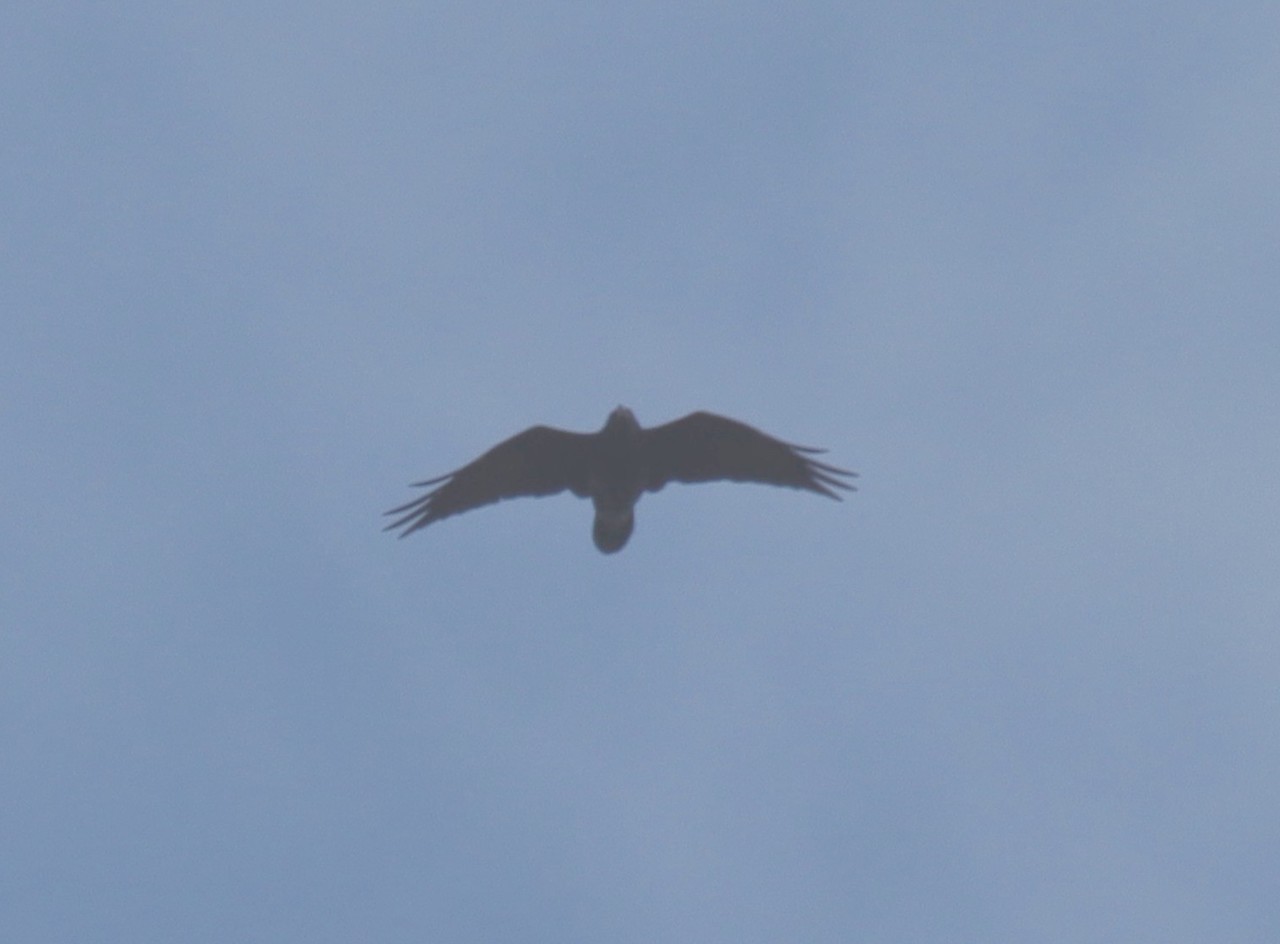
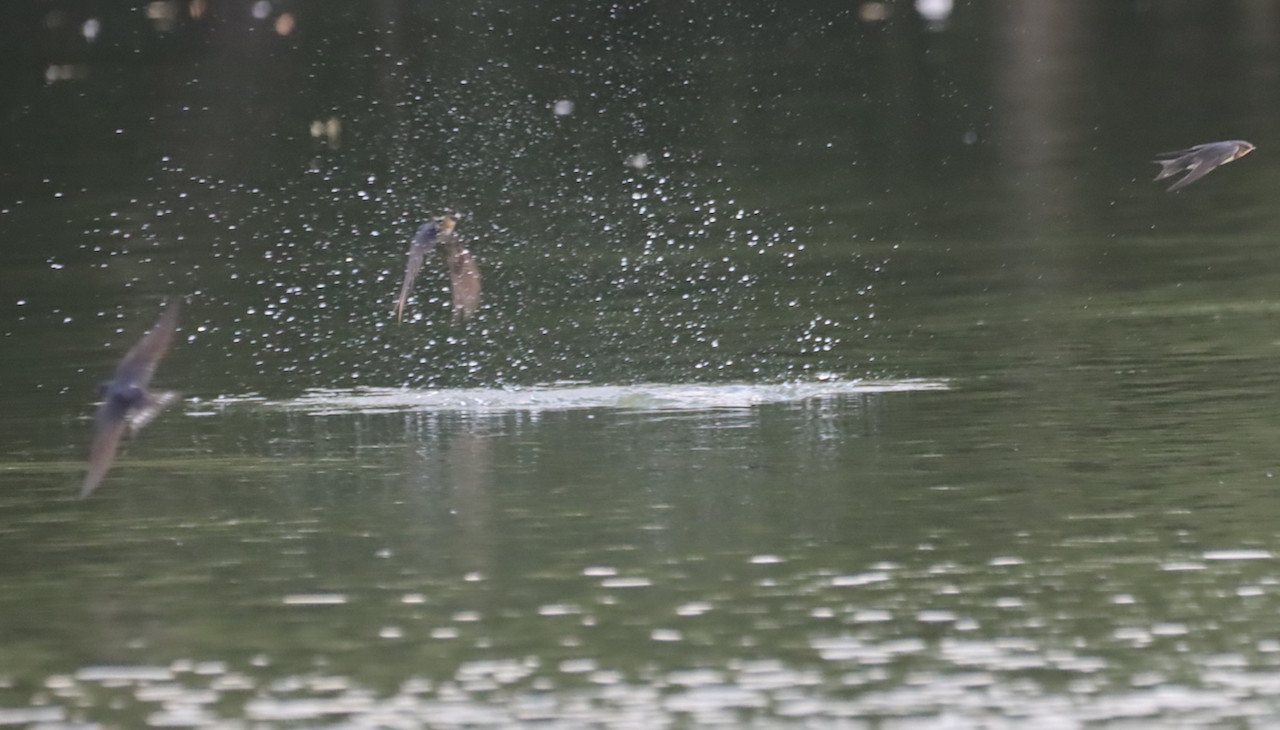






John Lomas
September 23, 2022 at 9:24 am
Malcolm’s Whinchat on the “Whin” picture has highlighted, for me, an interesting double use of regional names for plants.
Ulex, commonly known as gorse, furze and whin.
Then there are blueberries with regional names which include: blaeberry (Scotland), urts or hurts (Cornwall and Devon), hurtleberry, myrtleberry, wimberry, whinberry, winberry, and fraughan.
I wonder why we have whinberry in there. Does it, perhaps, tend to grow in close proximity to gorse?
Does the local Hurtwood area derive it’s name from the above?
Gillian Patricia Stokes
September 23, 2022 at 2:40 pm
Great report. I must frequent Whitmoor Common now after seeing your variety of birds.
Thanks for that.